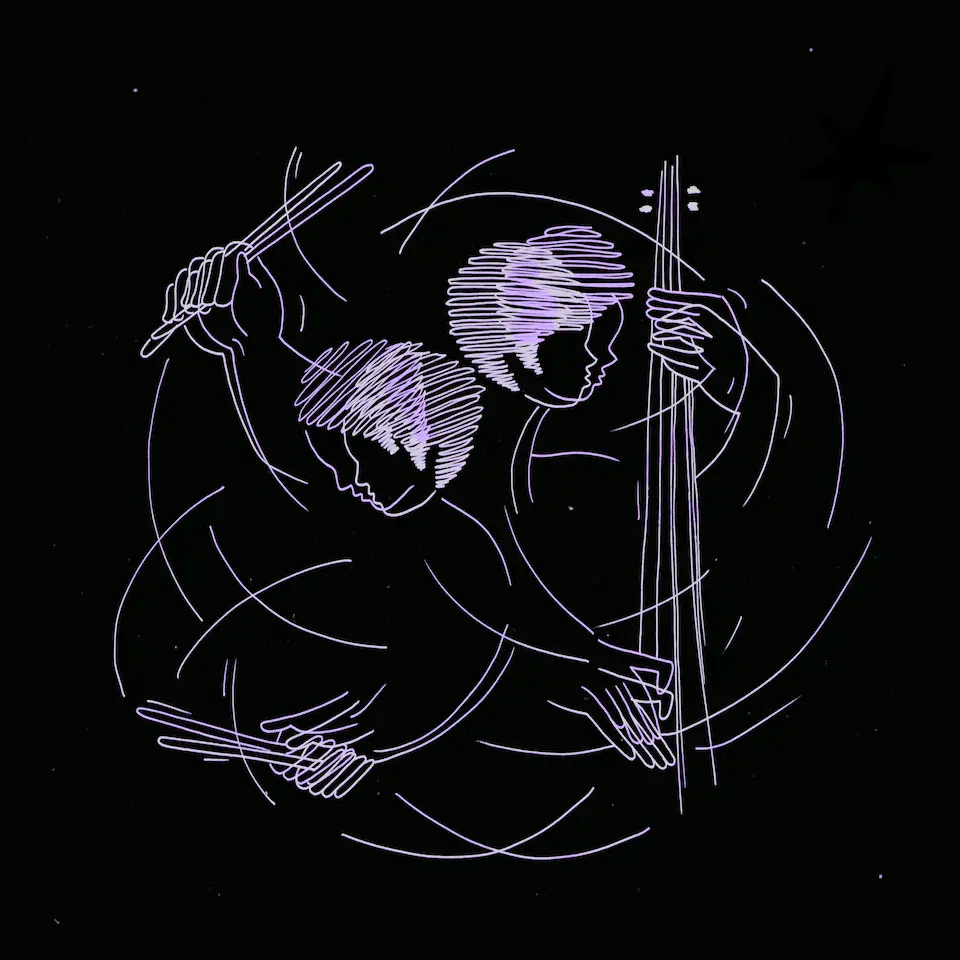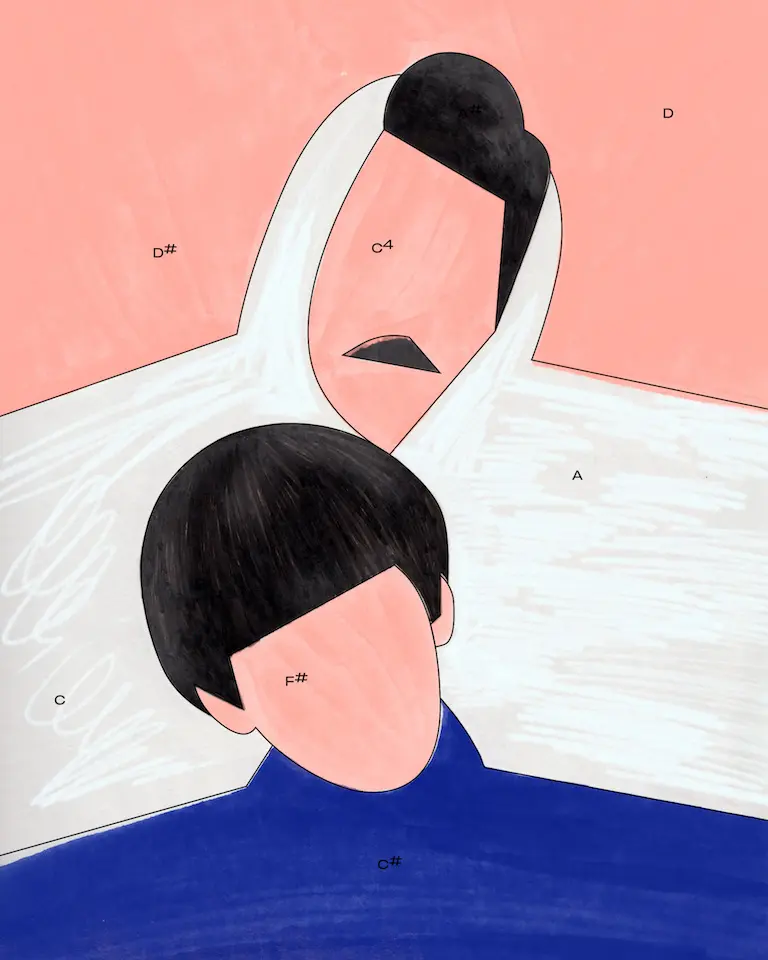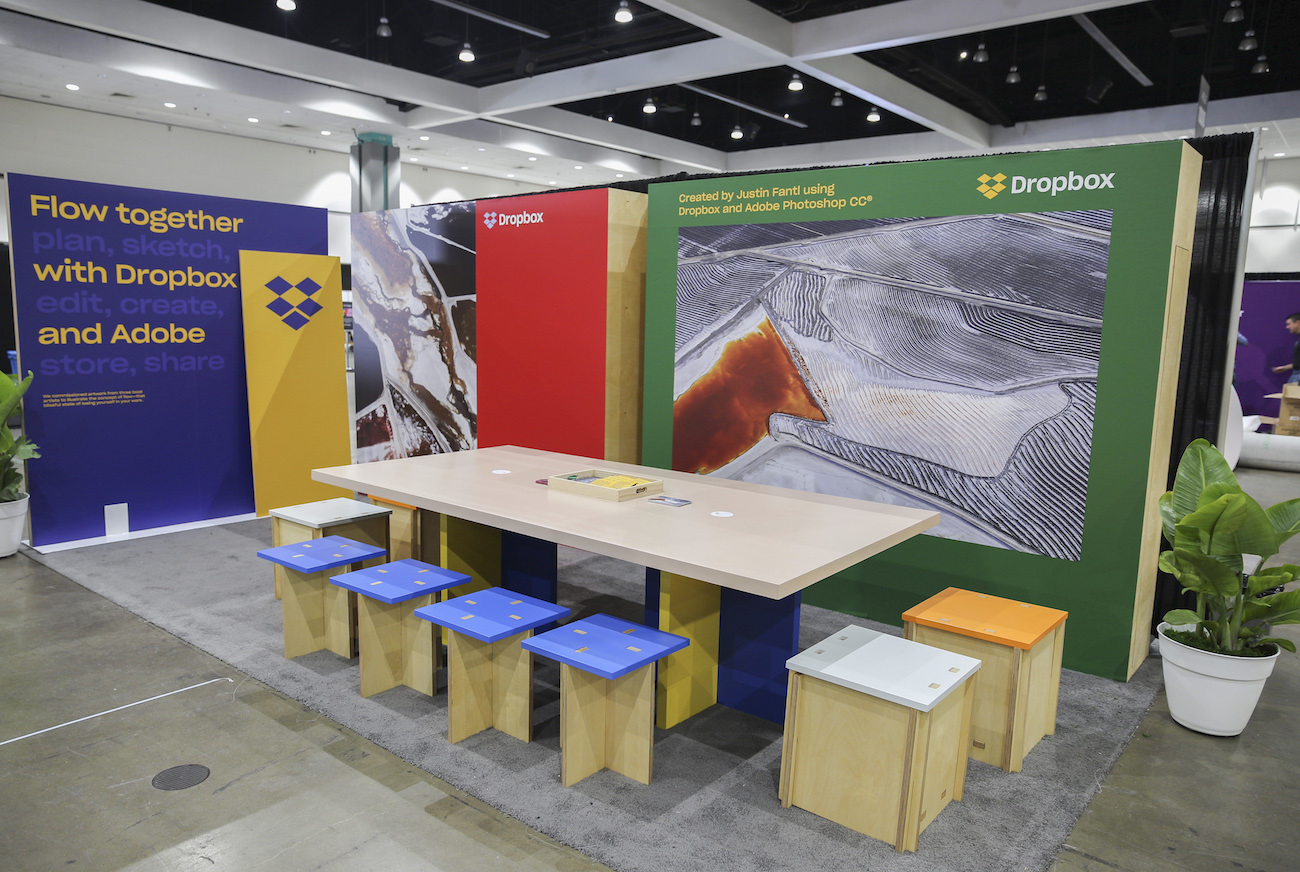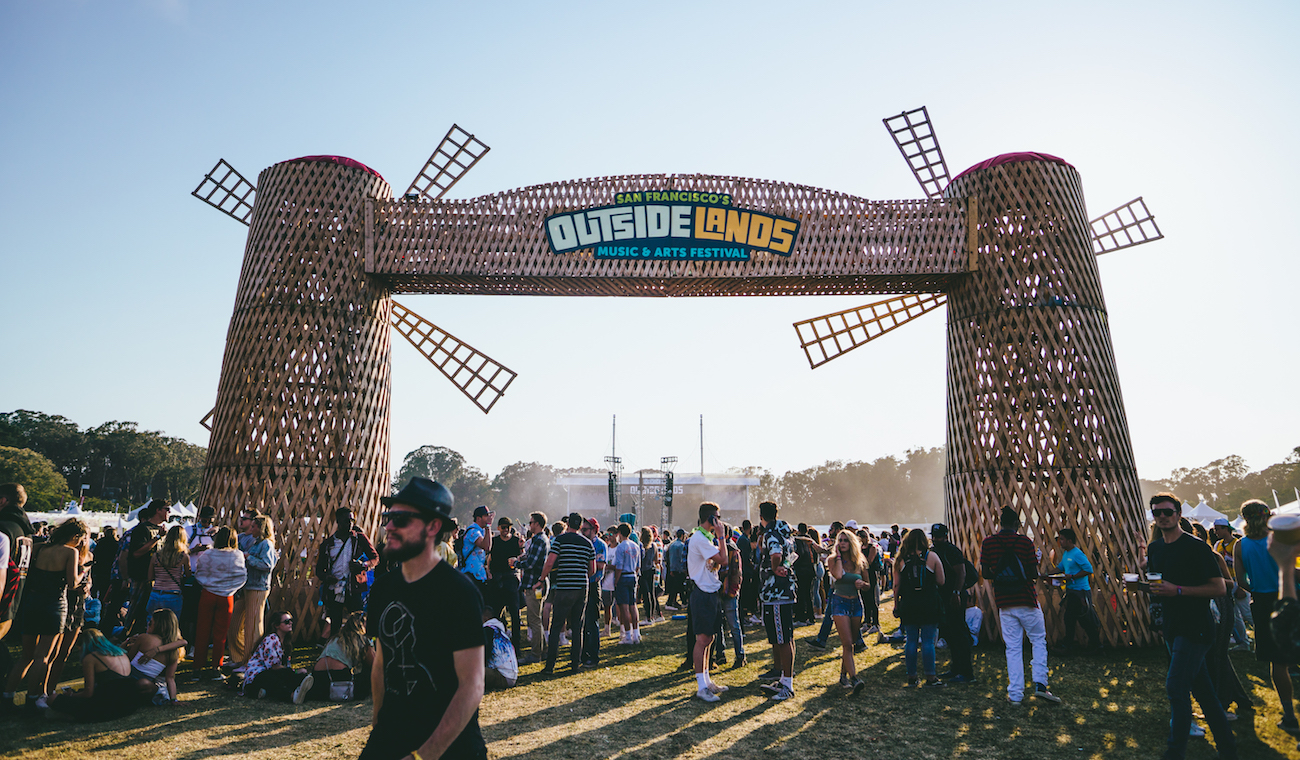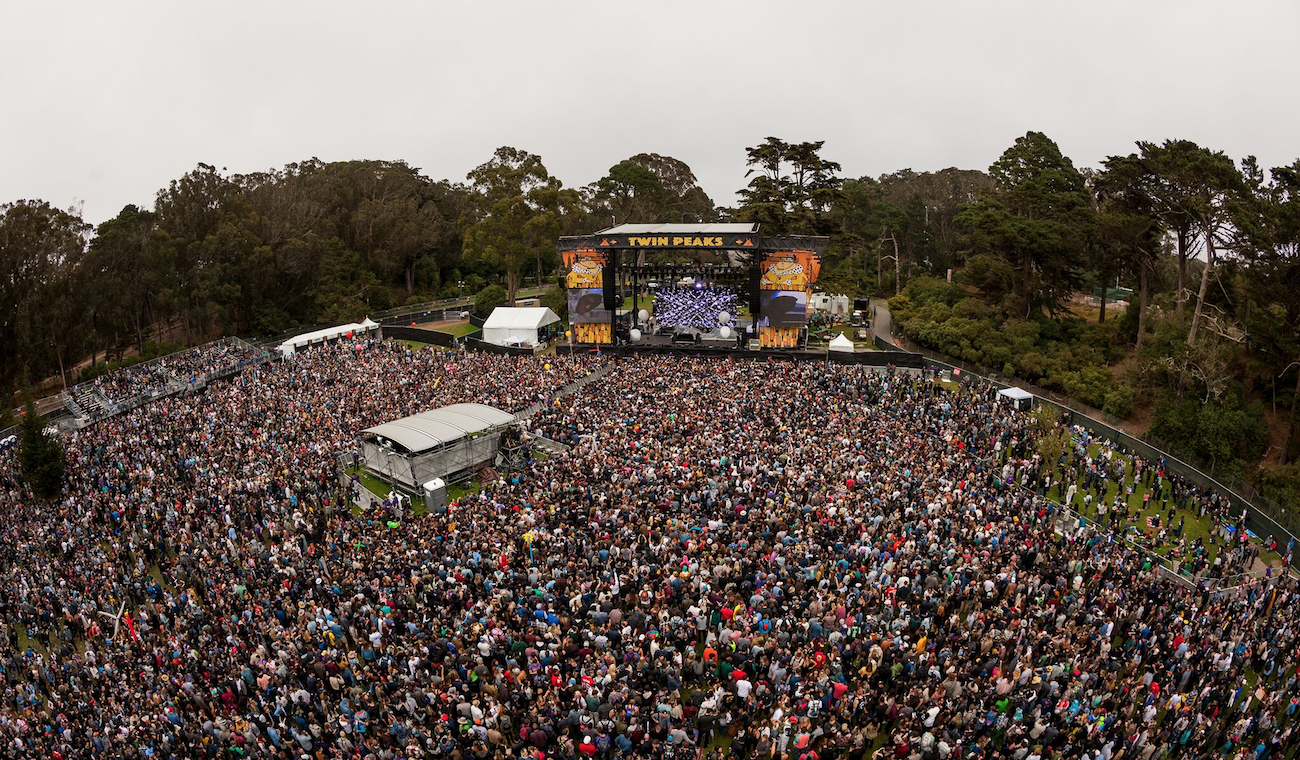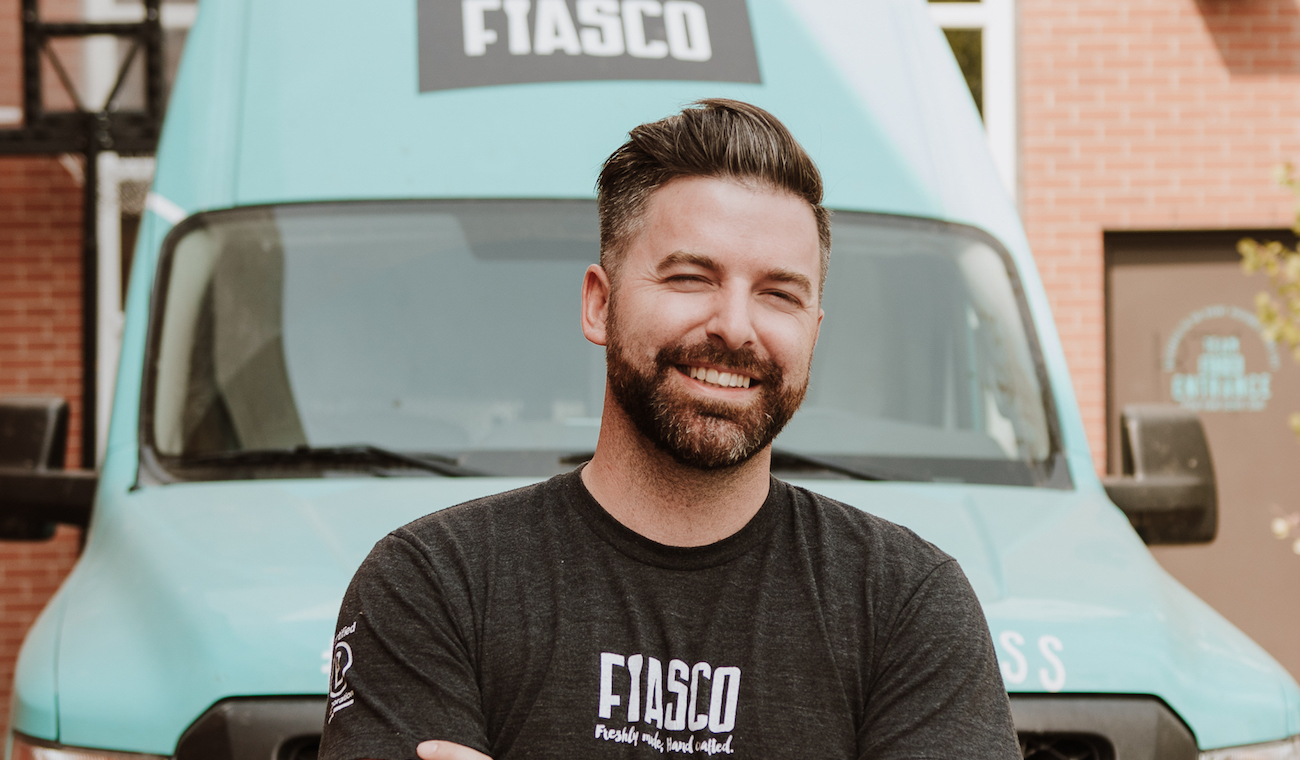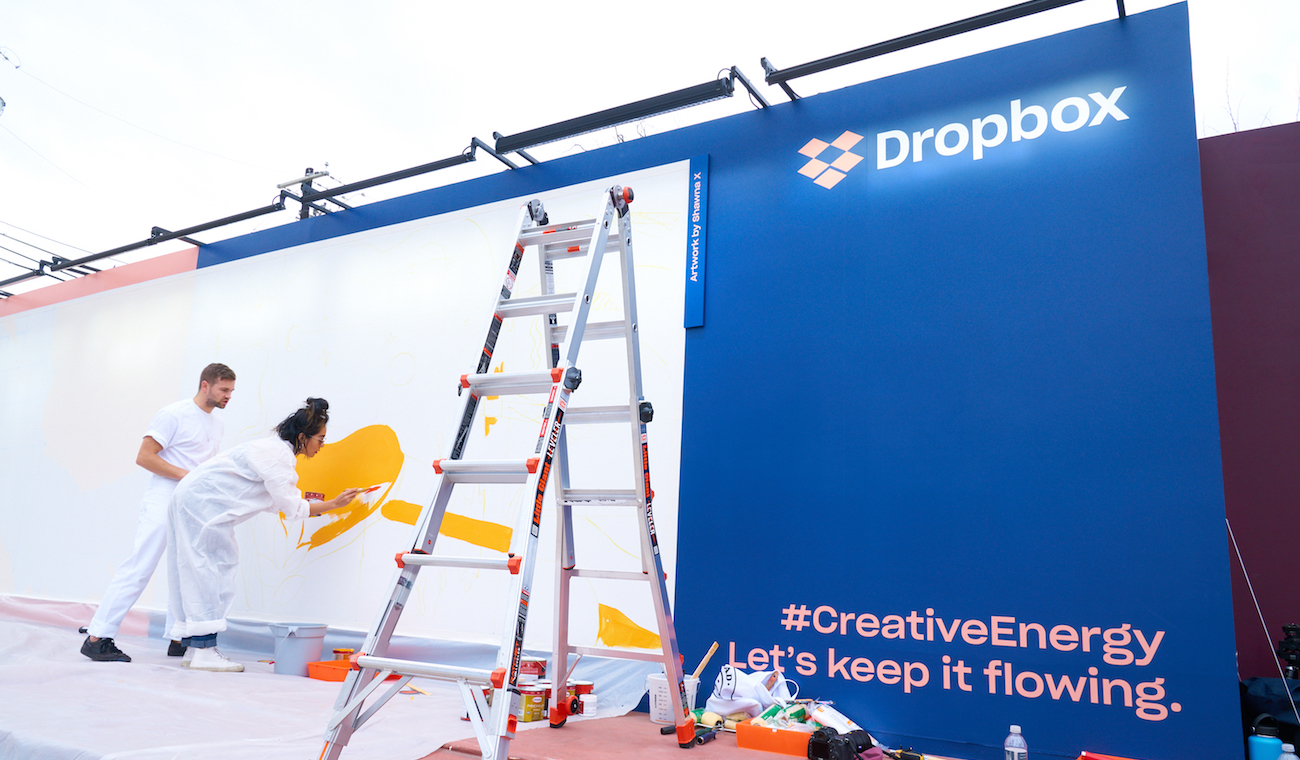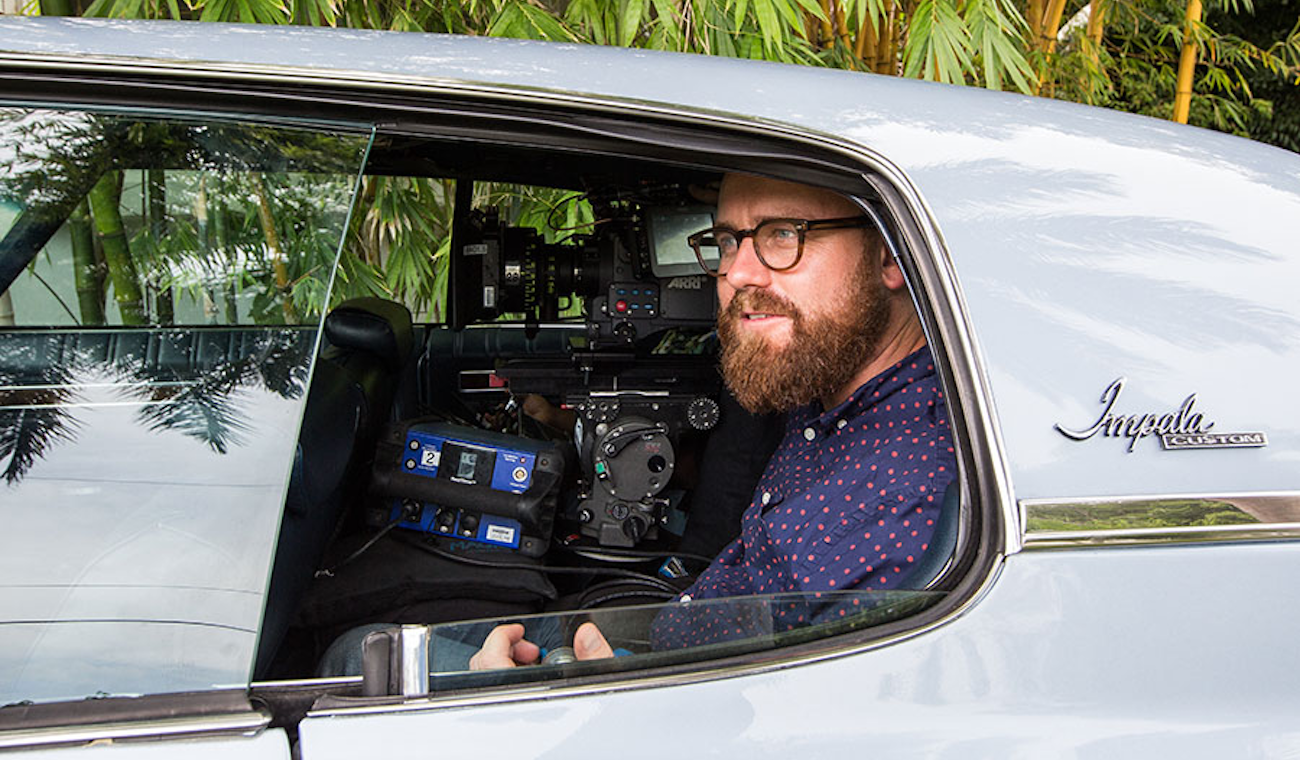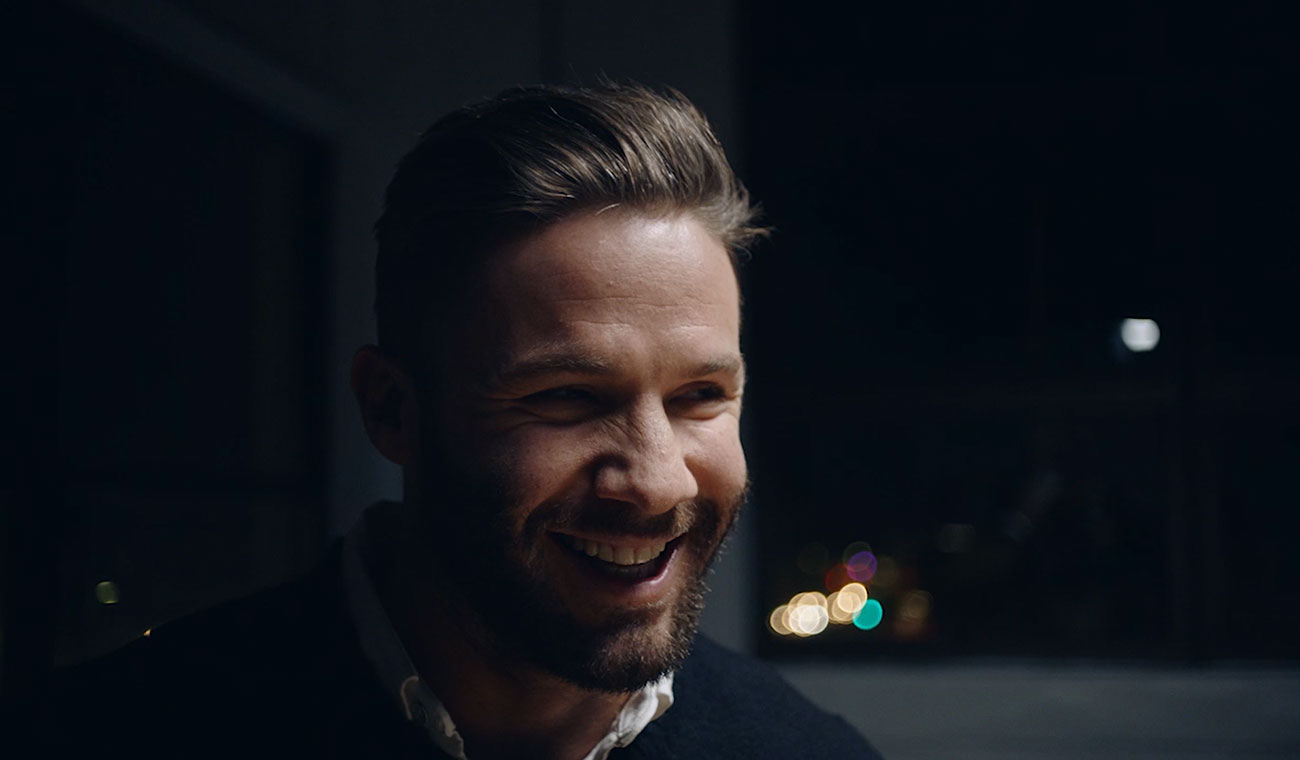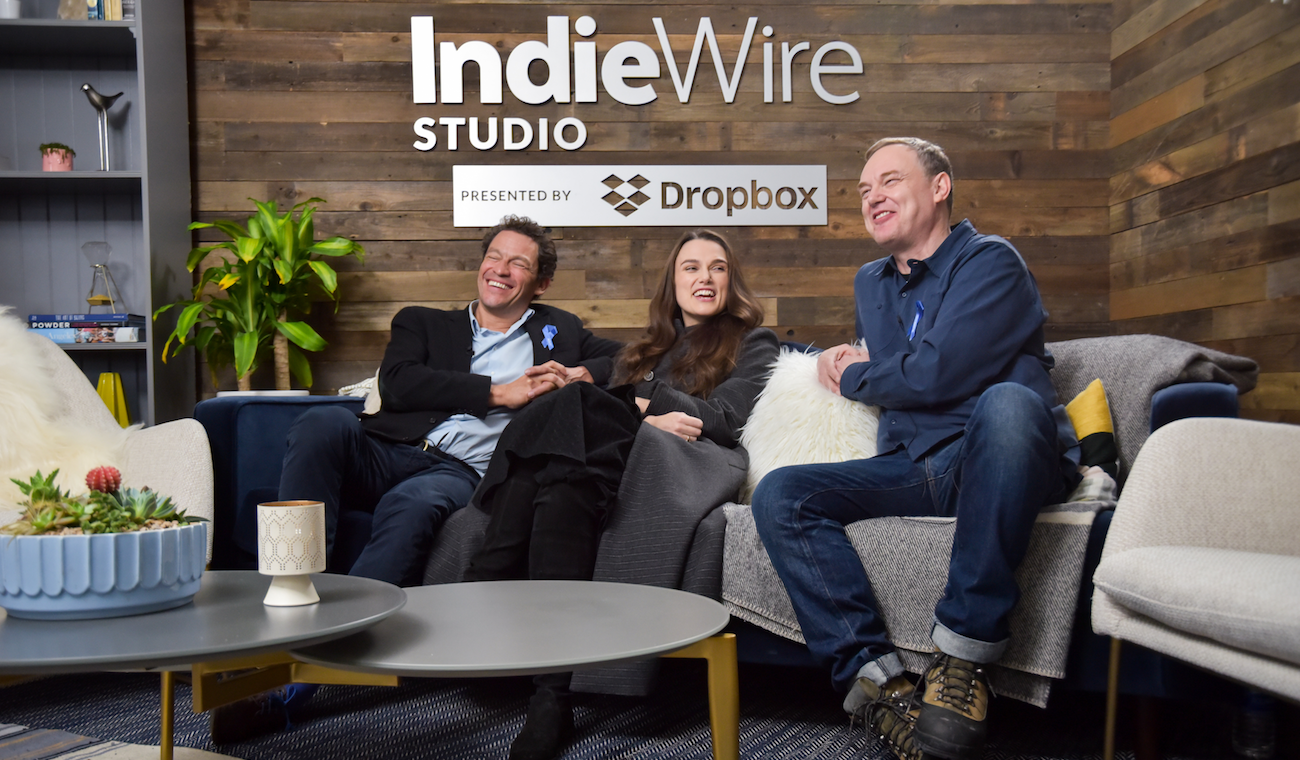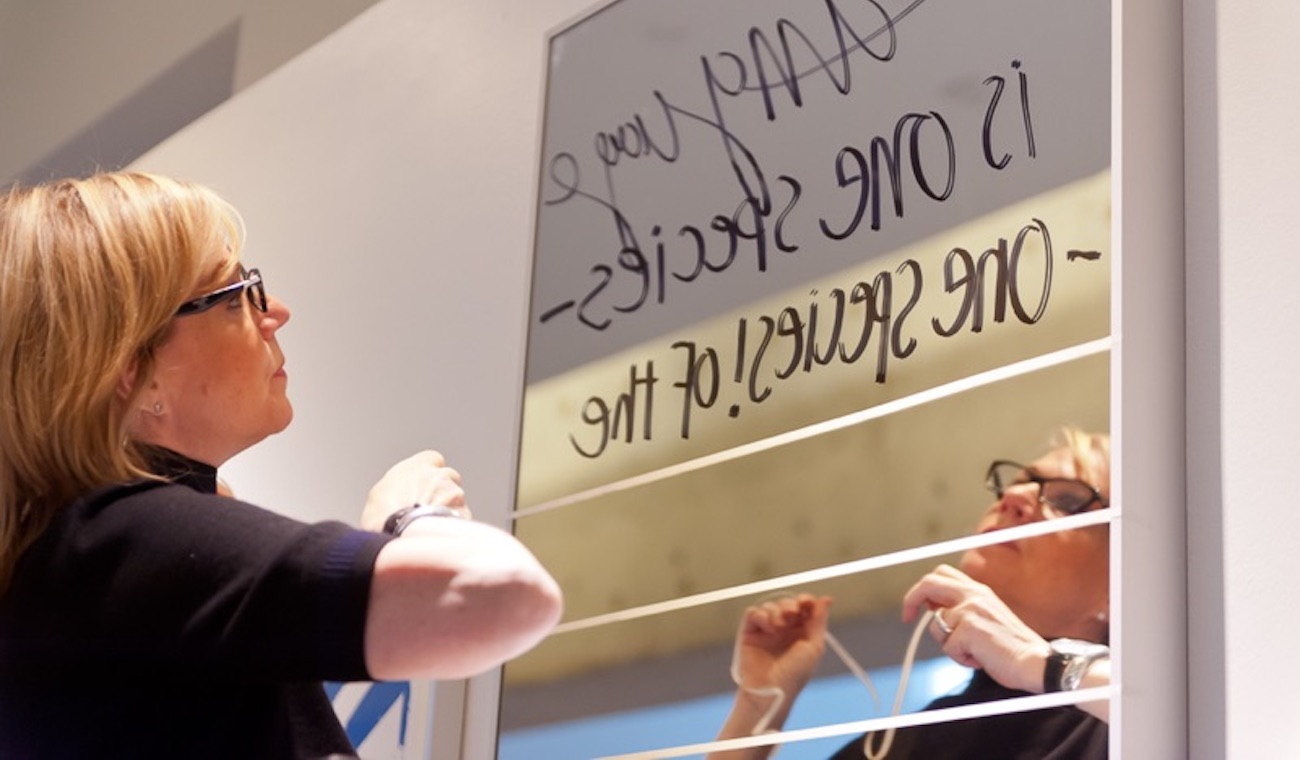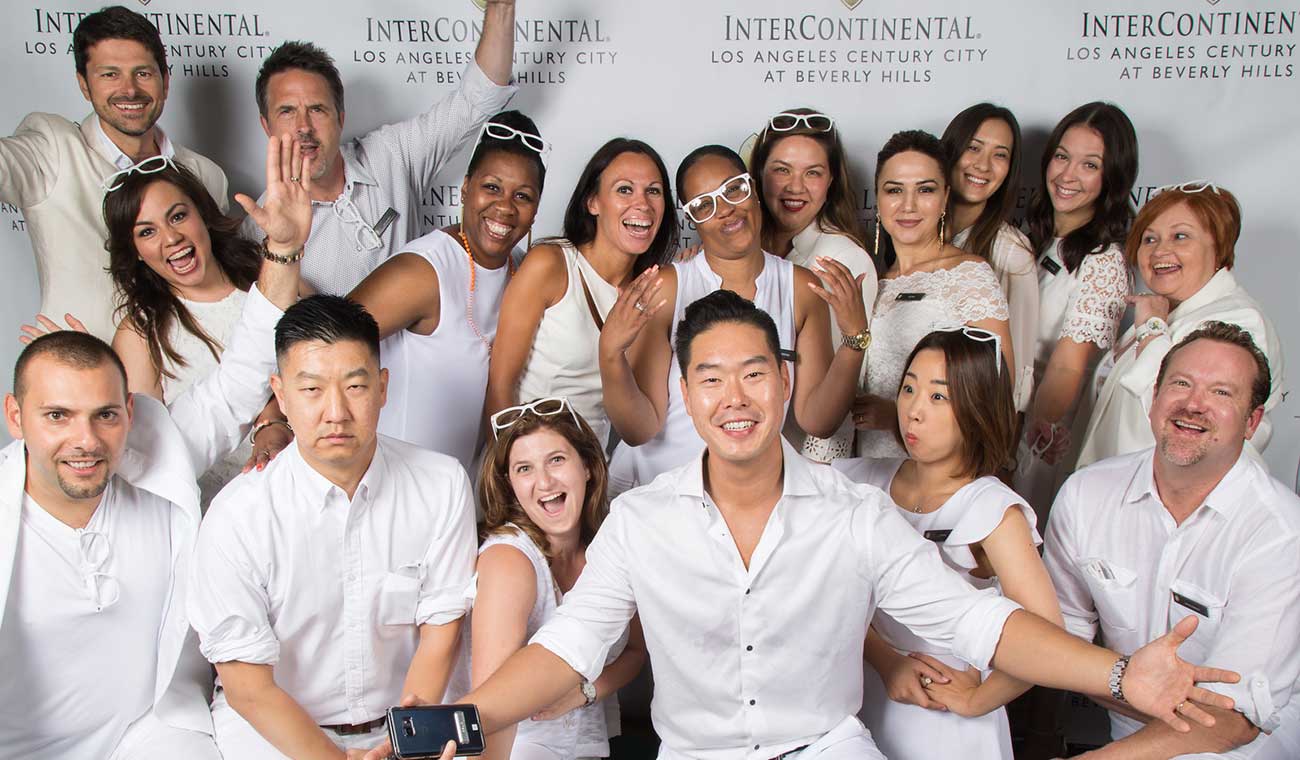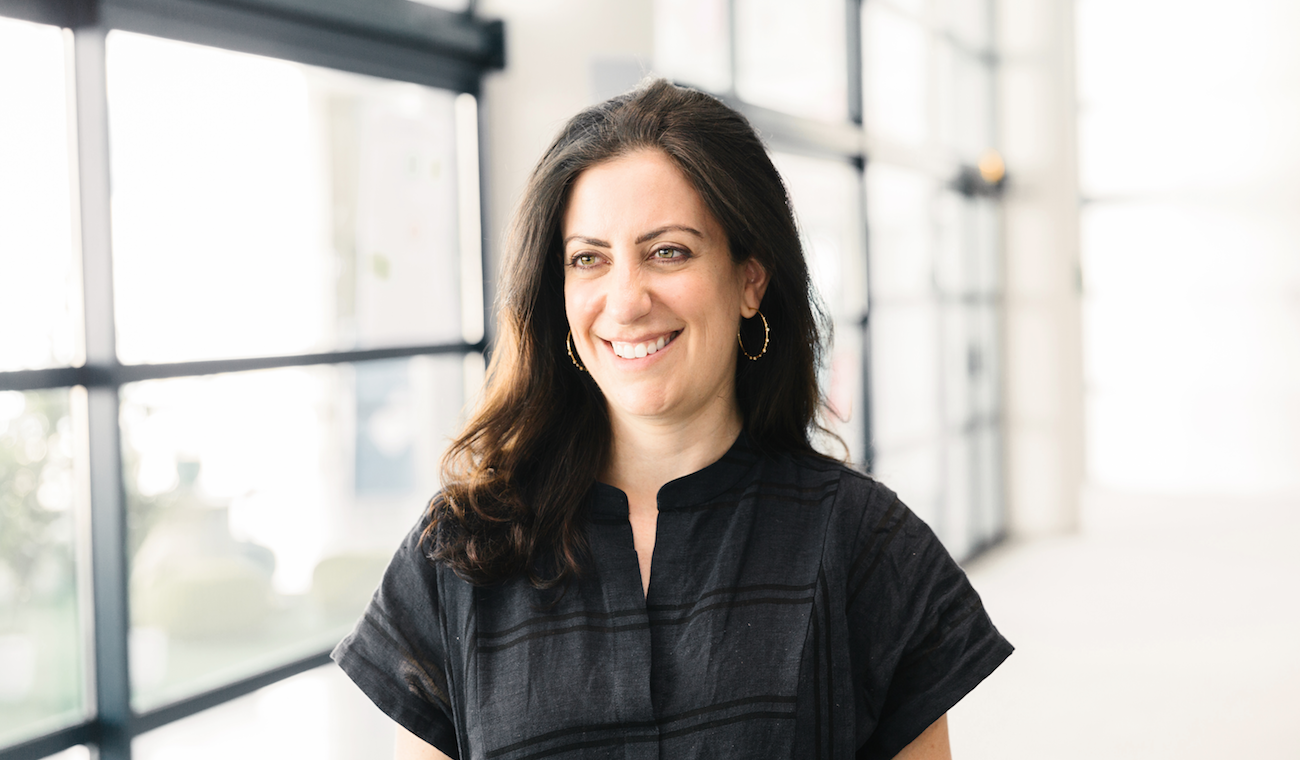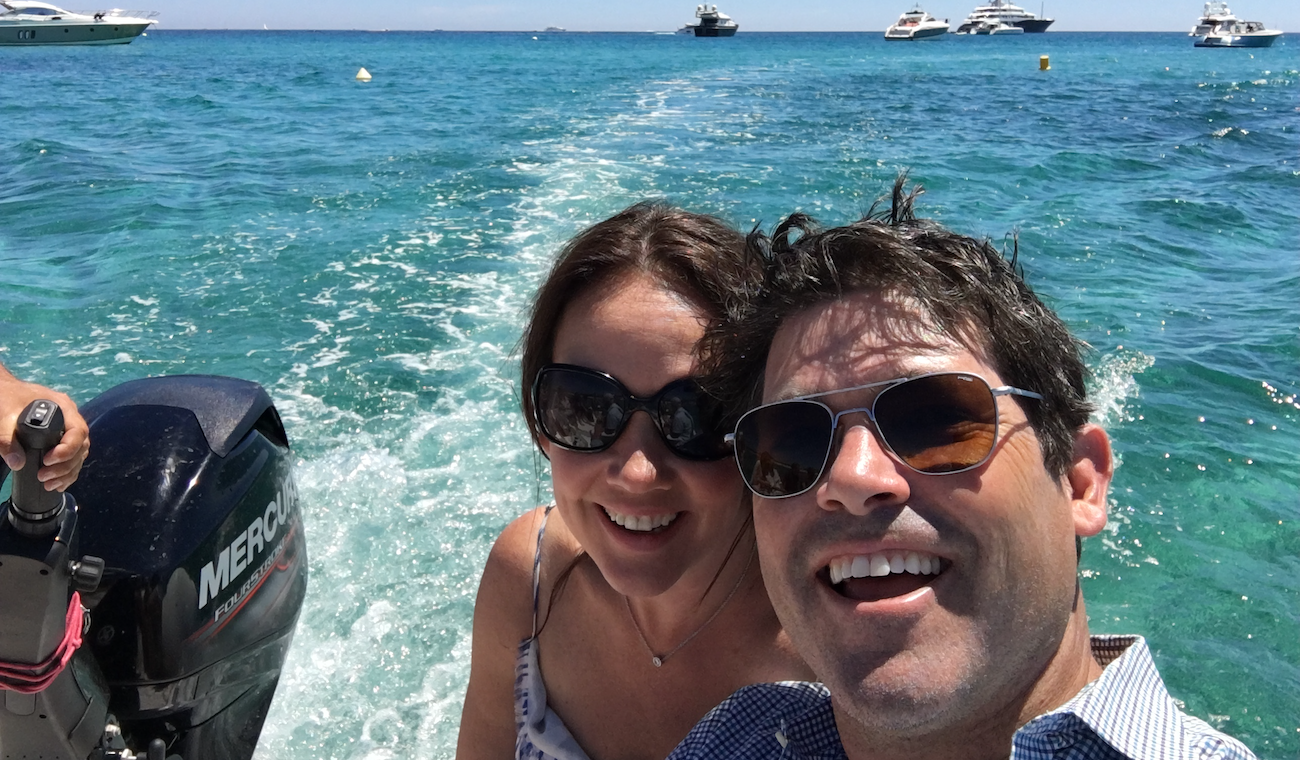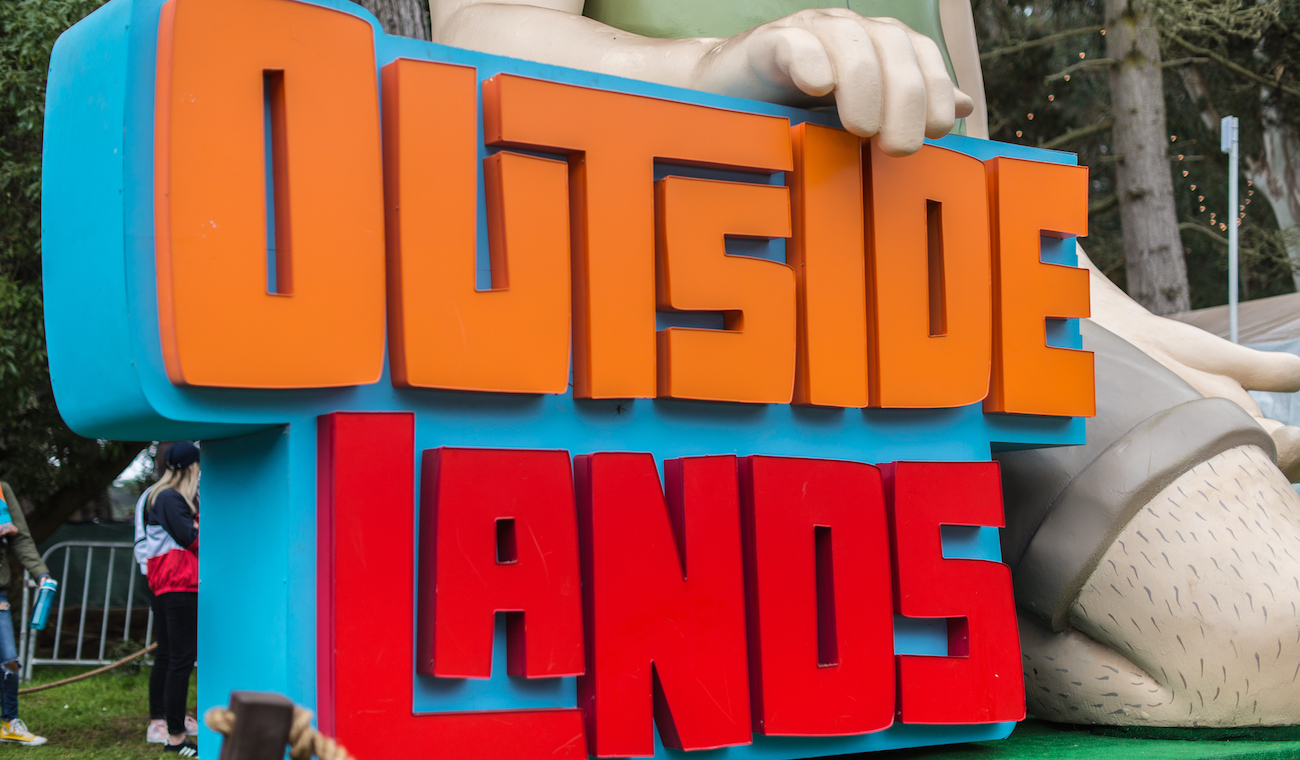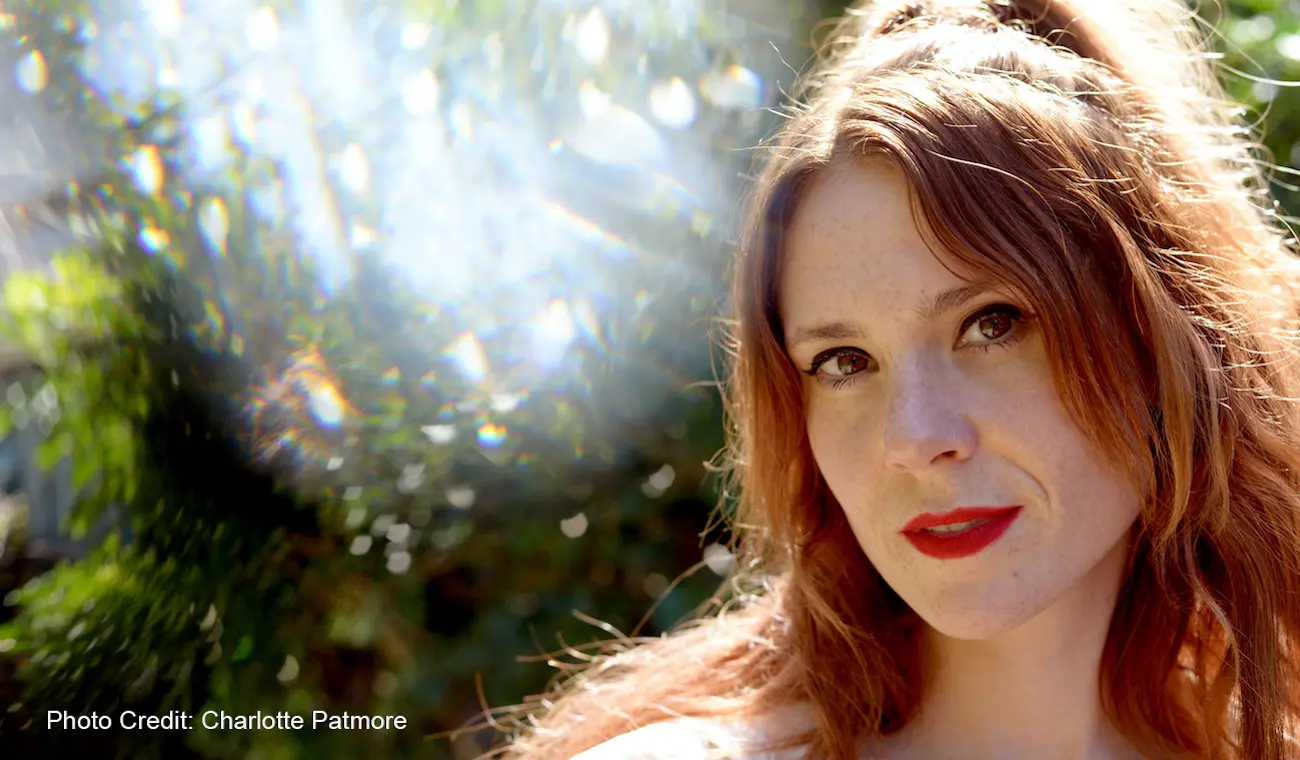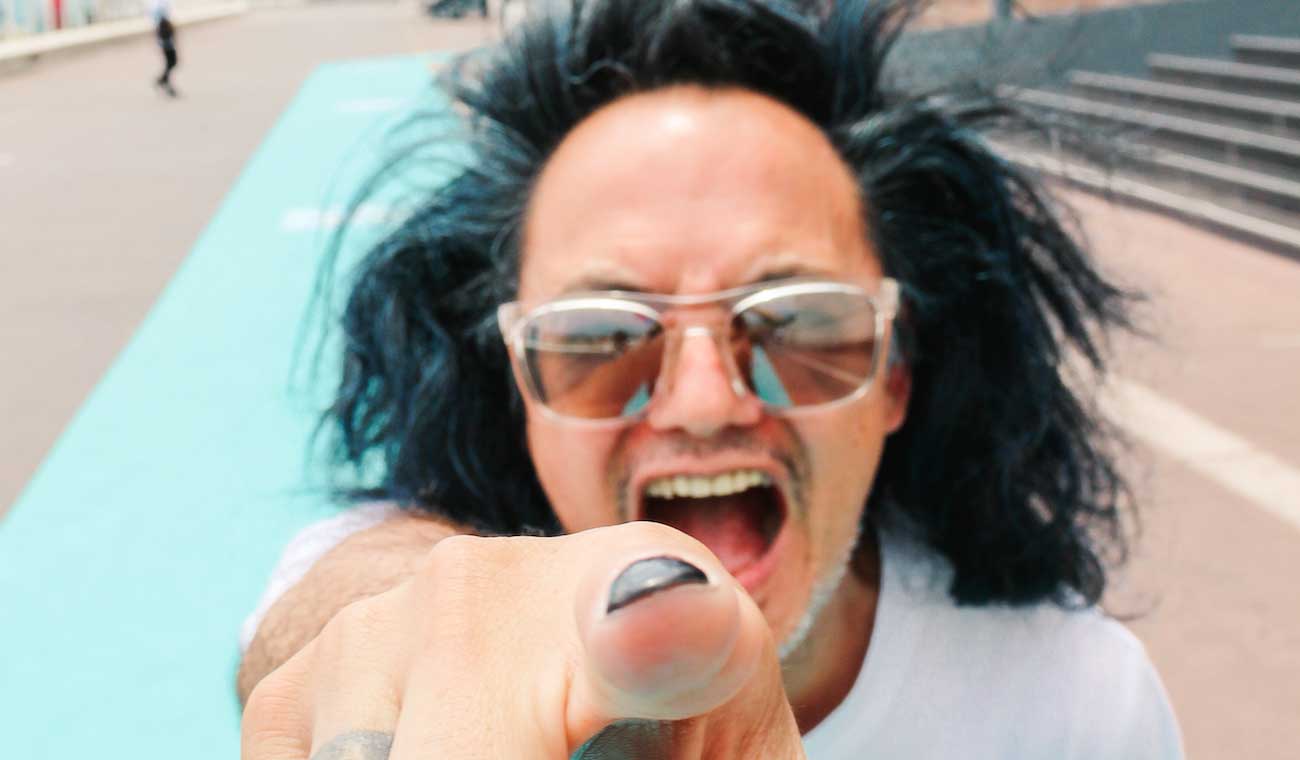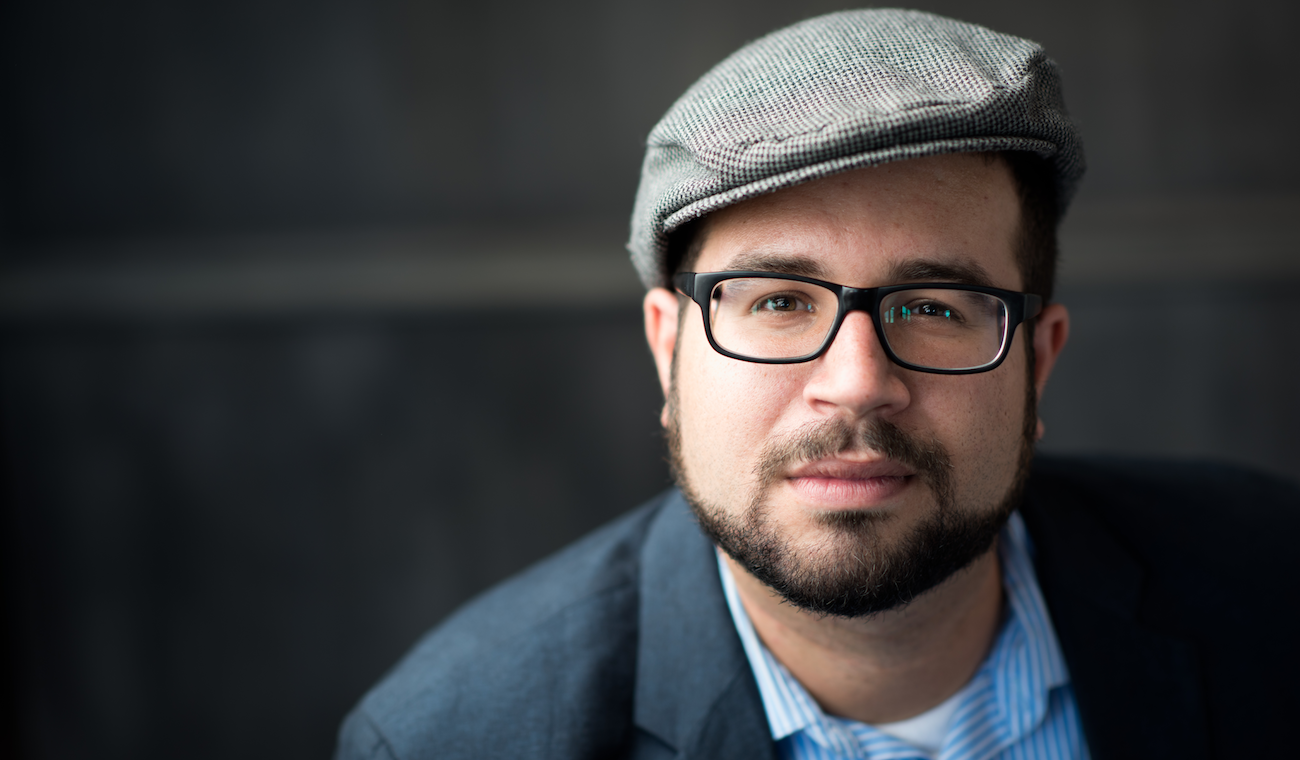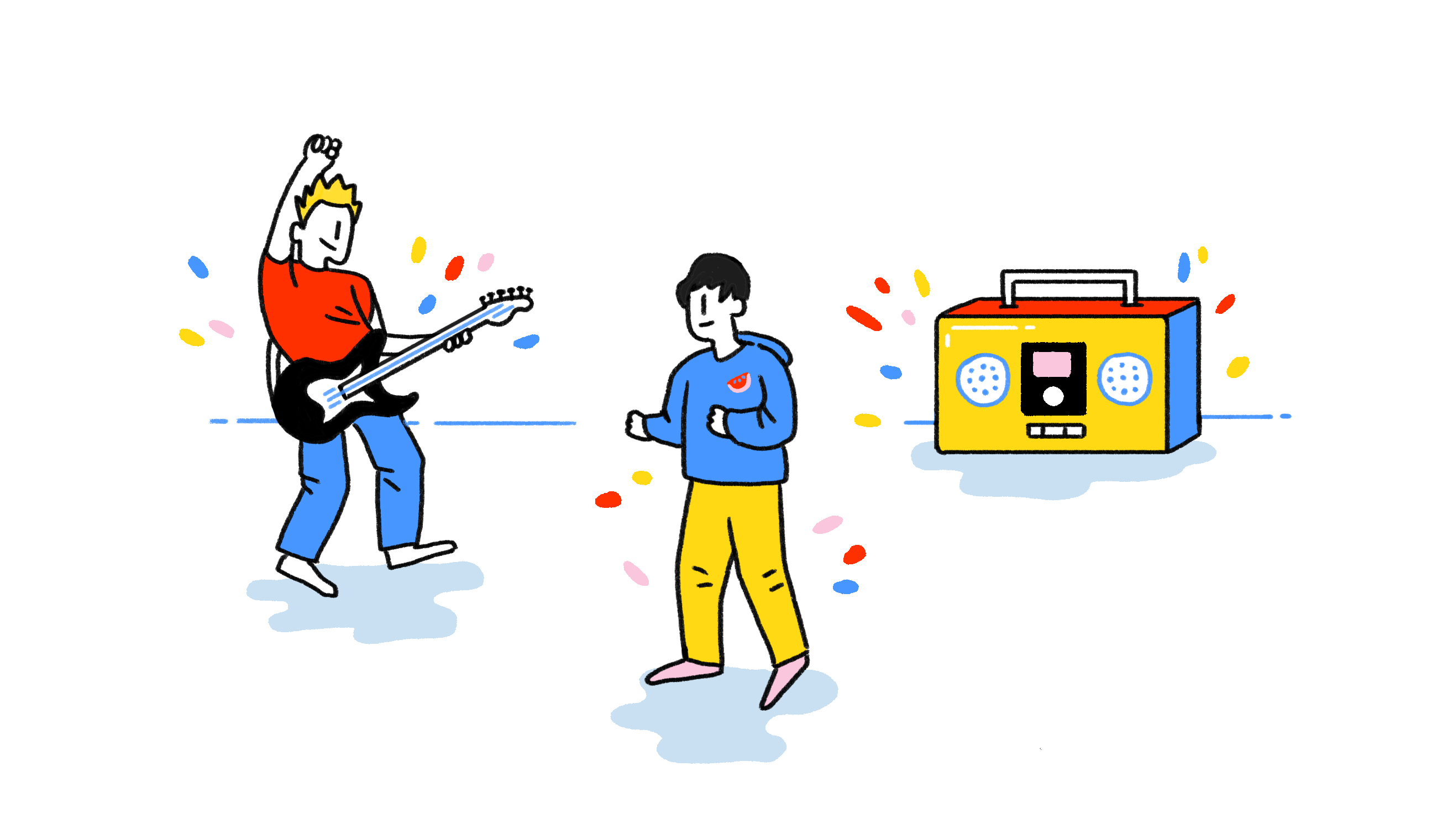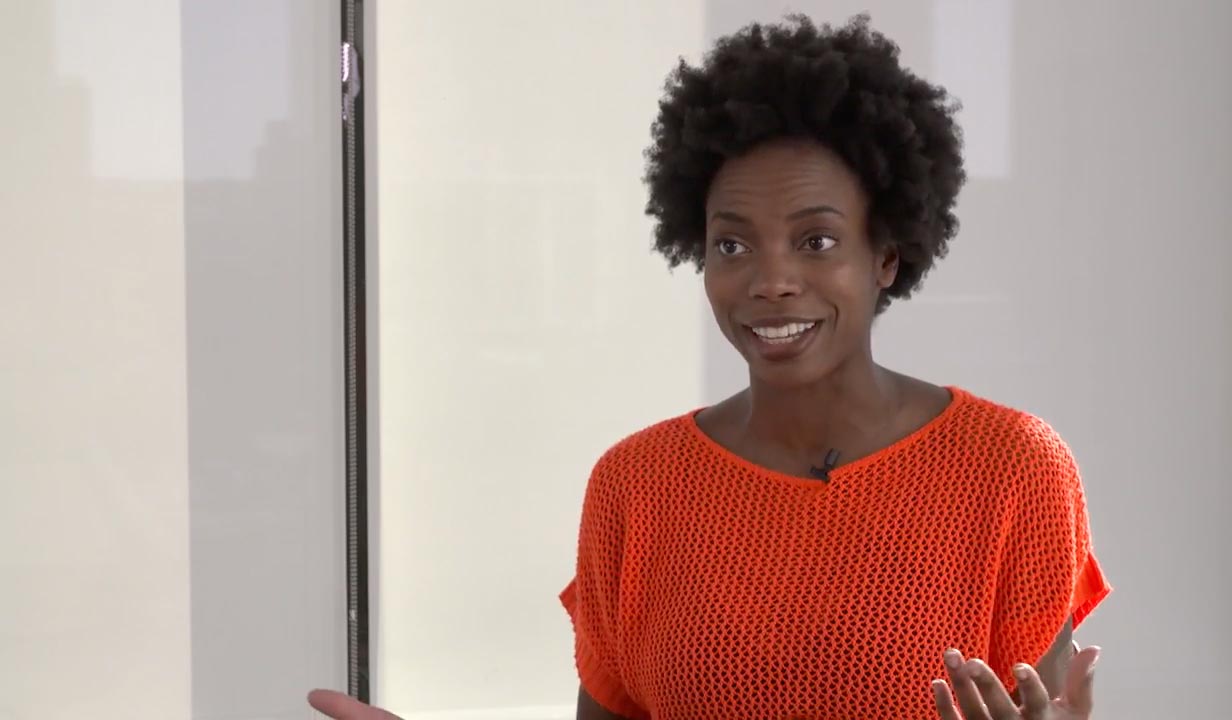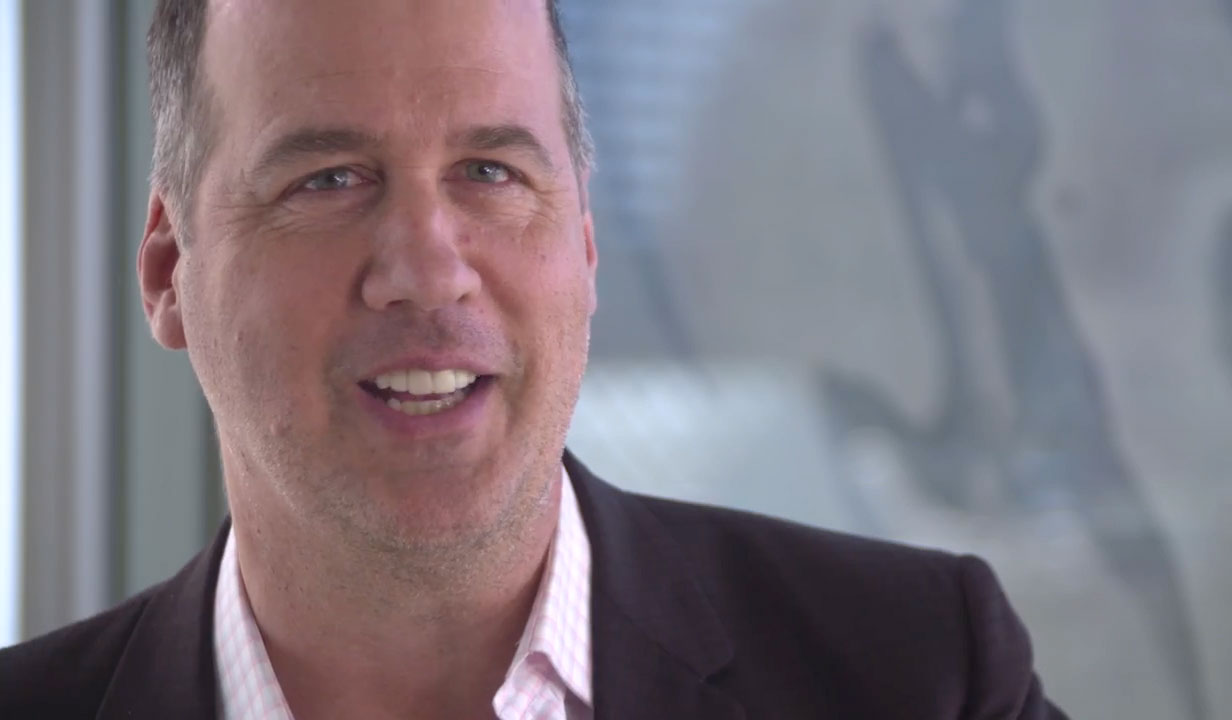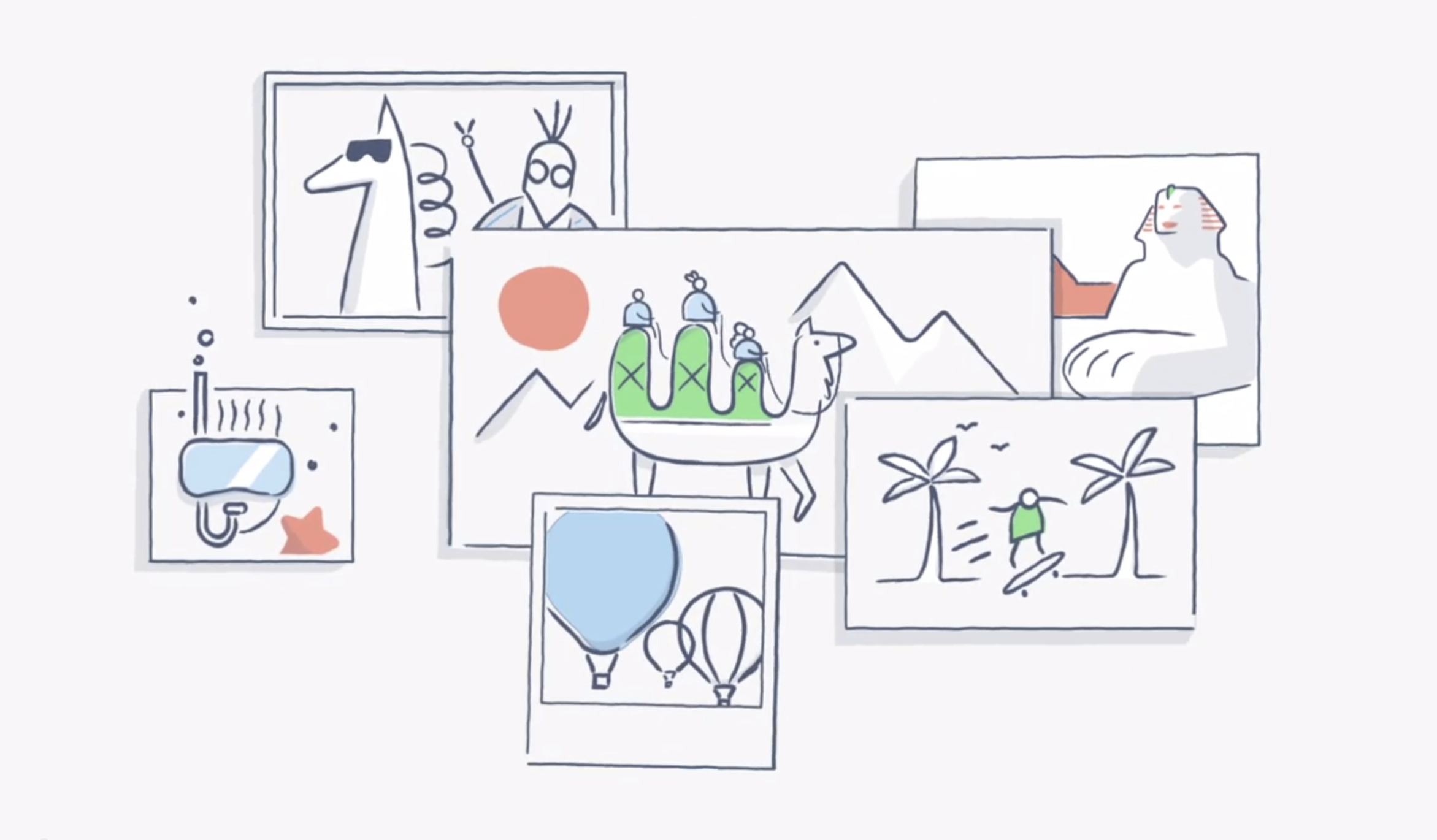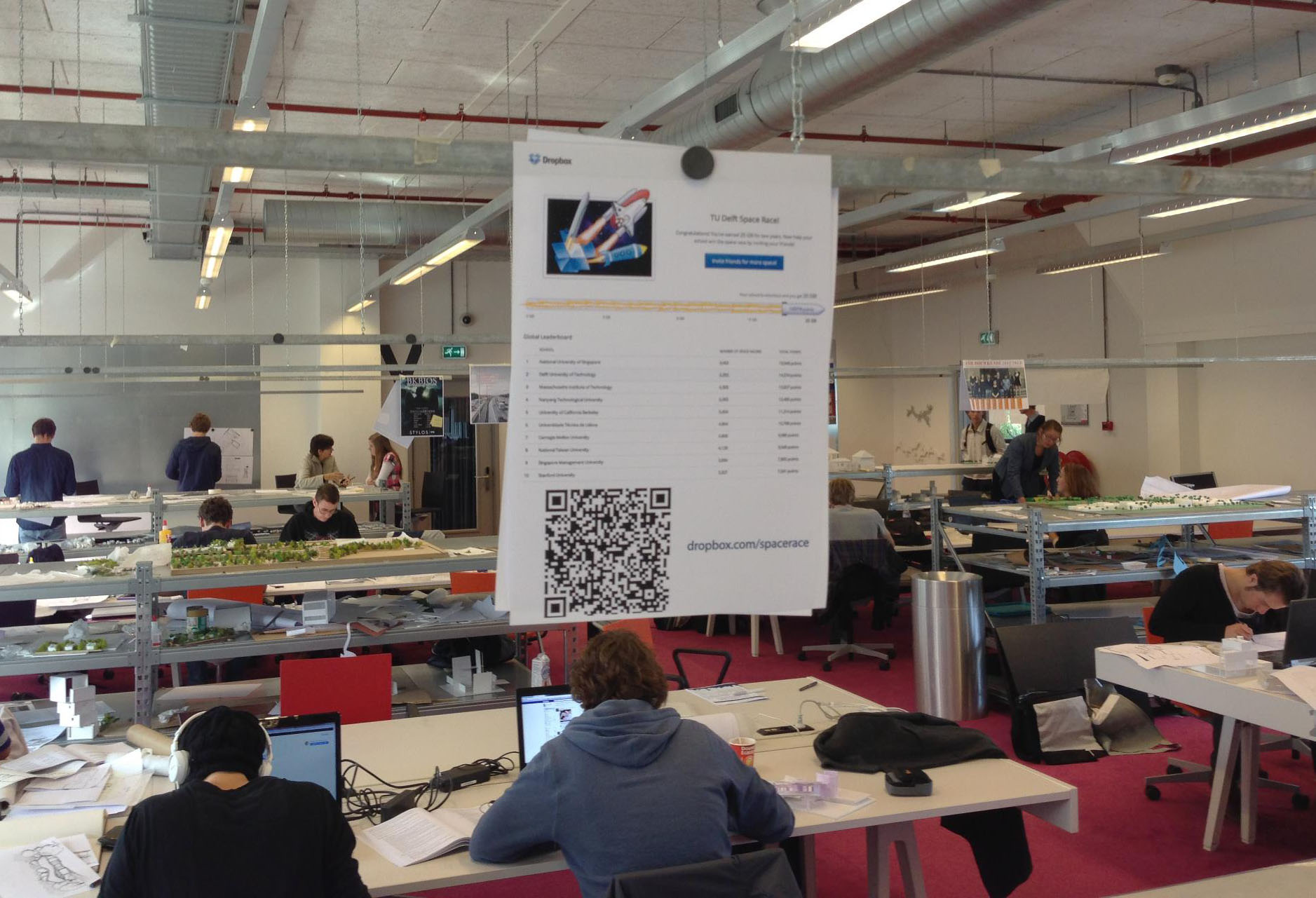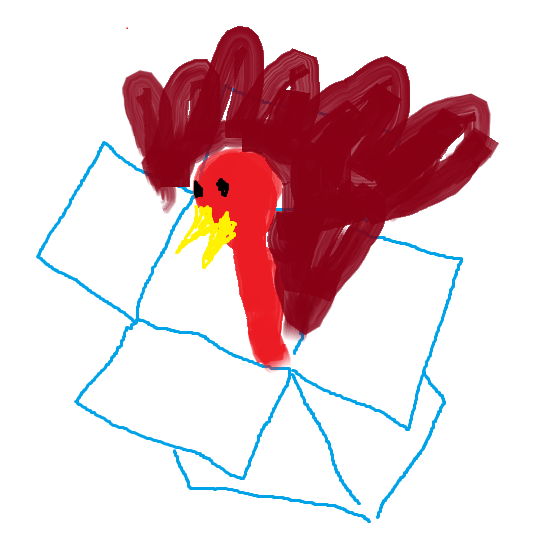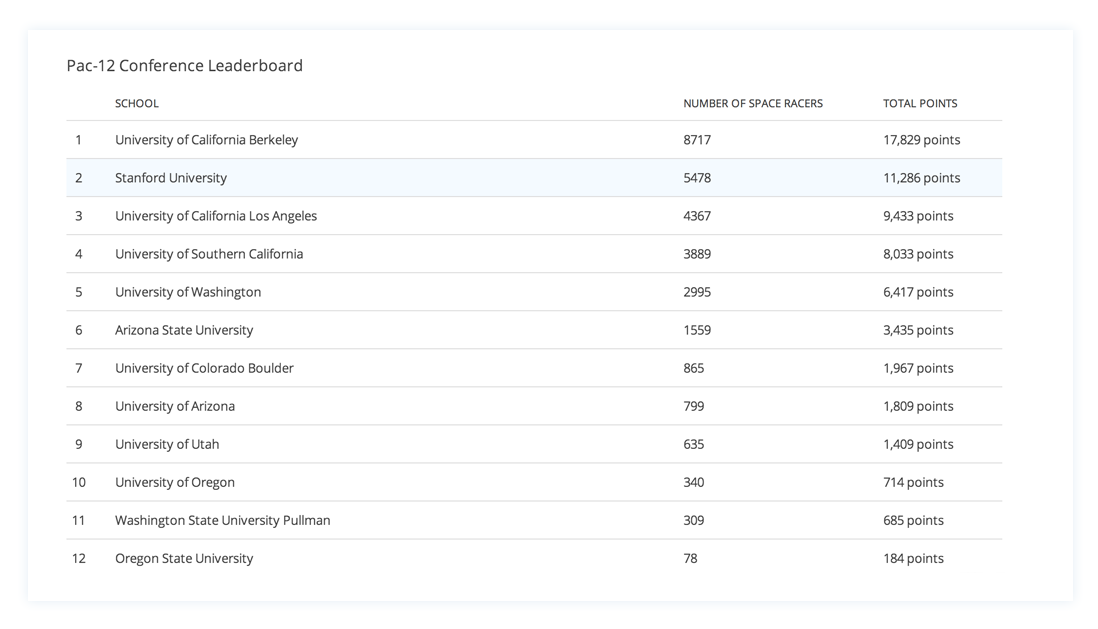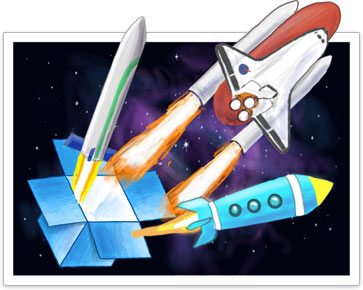
How designers collaborate with musicians to build a live show
Published on July 30, 2018
Recently, Future Classic hosted their first “creative incubator” event at their new studio in L.A.
The event featured a panel moderated by FC Founder/CEO Nathan McLay. This month, the guests included three designers who’ve made a career of producing stunning live shows in collaboration with some of the most influential musicians of our time.
Martin Phillips went from cobbling stage effects out of club lights to pushing the limits of technology for artists such as Nine Inch Nails, Bush, and Soda Stereo. As the co-founder of Bionic League, he worked with Kanye West, Lady Gaga, and The Weeknd. He’s also known for iconic imagery for Daft Punk and Deadmau5 that has spread beyond stadium walls and into pop culture.

Abby Portner is an artist, filmmaker, and production designer who may be best known for her collaborations and set designs for Animal Collective. She’s also worked as a festival production and stage designer for Coachella, directed music videos for John Cale, created puppets for Jim Henson Studios, and had exhibitions of her sculptures, interactive designs, and projection work presented all over the world.
Matthew Davis is an audio-visual producer, programmer, and musician who has spent years inventing show control systems for live music and interactive platforms. In addition to playing electronics for the LA Philharmonic, he has programmed shows for Drake, Bassnectar, The Glitch Mob, designed AV interactive systems for Disney Imagineering, and produced game engine experiences for Intel.
Here’s what we learned from them about what it takes to build a successful live show.
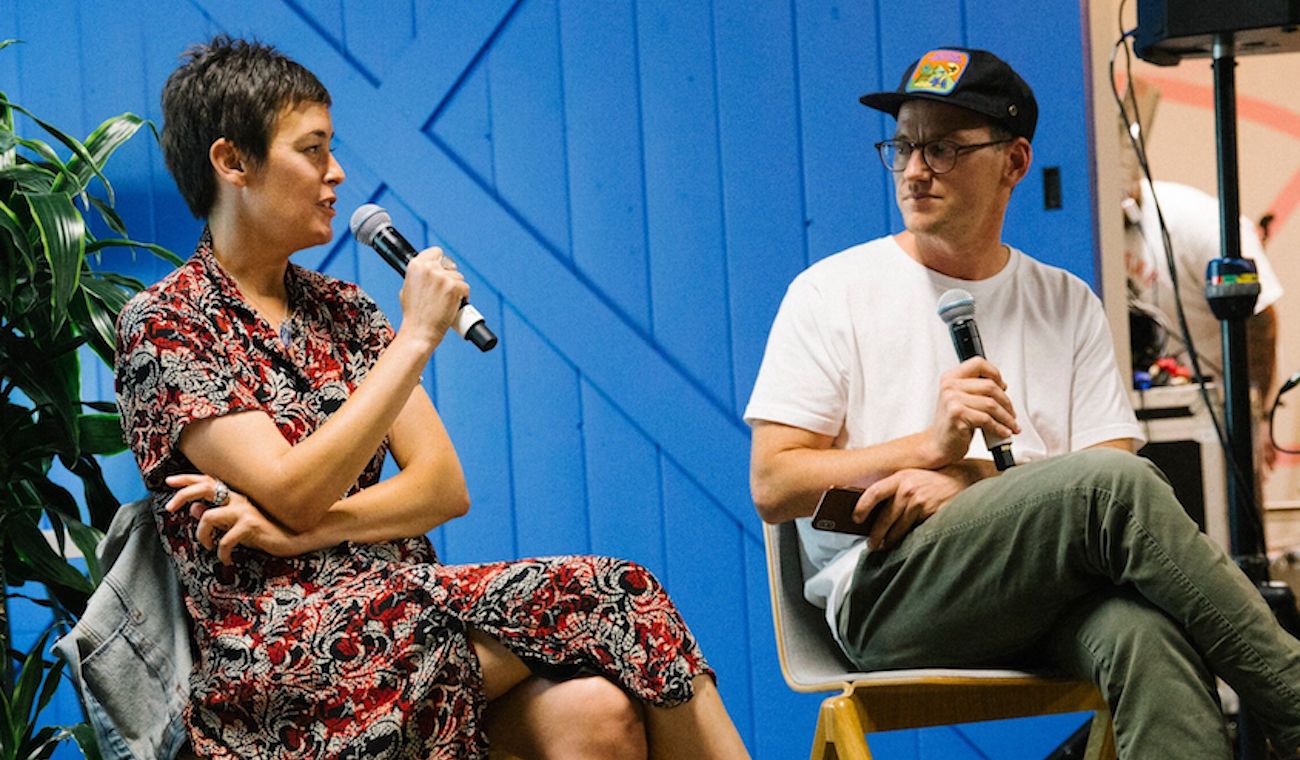
Concerts are a musician’s lifeblood
Live shows have become more important than ever. They’re not only a musician’s main source of revenue, they’re a continuation of the artist’s brand.
“The attitude towards music has changed so drastically in the past few years. The idea of music being free, it’s a lot more considered now than it was 10-15 years ago. But the idea of going to a show is something that they understand they would pay for.”—Martin
Translating the artist’s vision
Artist and designer bring different plans, goals, and limitations to the table. The challenge is uniting those individual creative impulses to build something cohesive.
“Performance is about communication…What is the person trying to communicate in the form of performance? How do they play? We can work with that and figure out how to get data from that or use your performance to drive an element [of your performance]” - Matt
“Everybody knows what they don’t want, which is a great starting point [part of our job is] asking, what do you want? …More often than not, the answer is ‘I know it when I’ll see it’… which is the bane of our existence as designers”—Martin
Balancing creativity and practicality
Juggling the competing needs for creative expression and practical restrictions is an important role—and it’s mostly handled by the production manager.
“[With] Animal Collective, their production is so important to them. But every time we design a new tour, it starts so crazy and it’s so expensive… You just have to cut back to what works for their budget.”—Abby
Designing around the artist’s style and vision
One of the key themes of night was the need to structure a show around what the performing artist does on stage.
"Sometimes [in the process] there's a musical direction element of 'This works with this' musically and sometimes you’re working with people that may… have a great sense of what works in the studio, but not what works live… It's our job as live show people to bridge that gap.”—Matt

Clearly defining roles and expectations
The designers also pointed out the importance of having large directional decisions come from a centralized place, so everyone on the team has a specific role and knows what that is.
“There has to be a unifying creative idea from someone that everyone is contributing to… There has to be someone at the top of the pile”—Martin
As the Future Classic x Dropbox Studio continues to grow their community of artists, we’ll continue reporting on all the collaborative events happening here on the front lines of creativity. Stay tuned!
For tips on powering collaboration on your team, download our eBook, Flow Together.



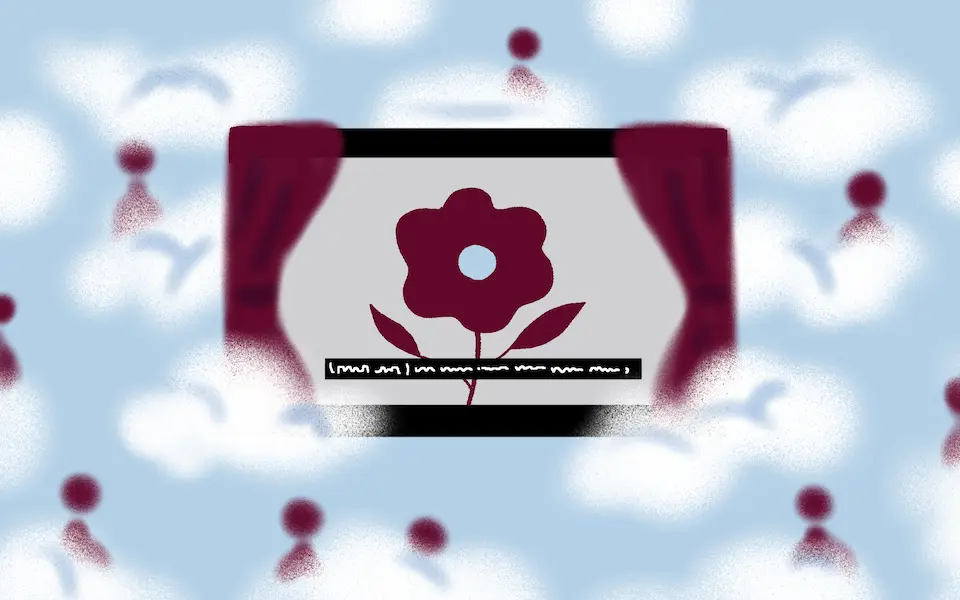
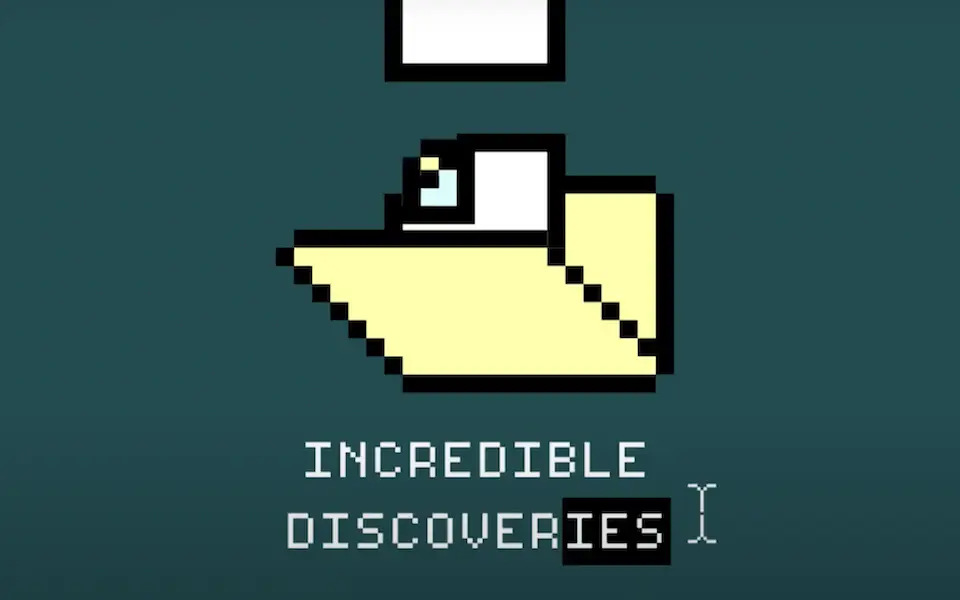
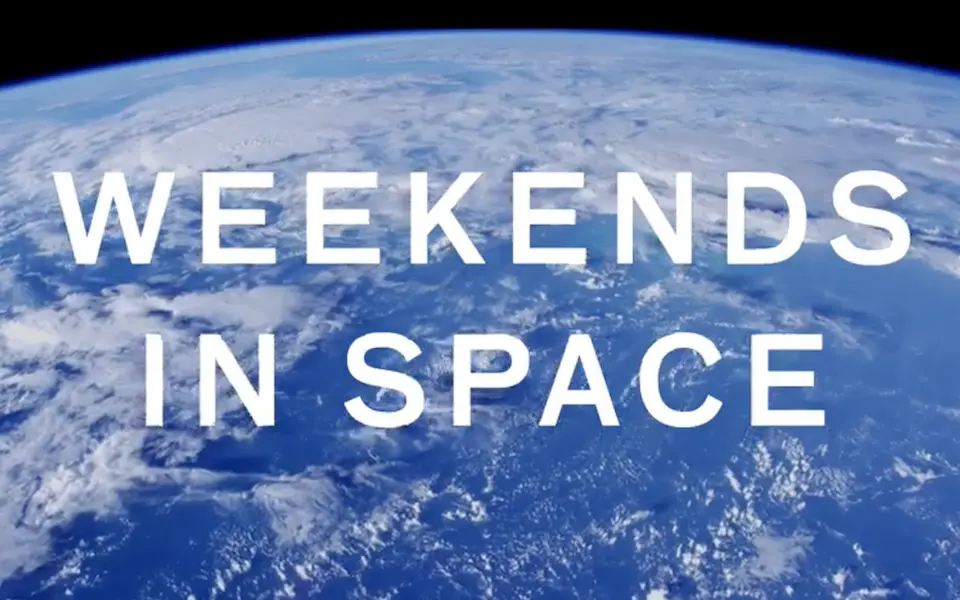
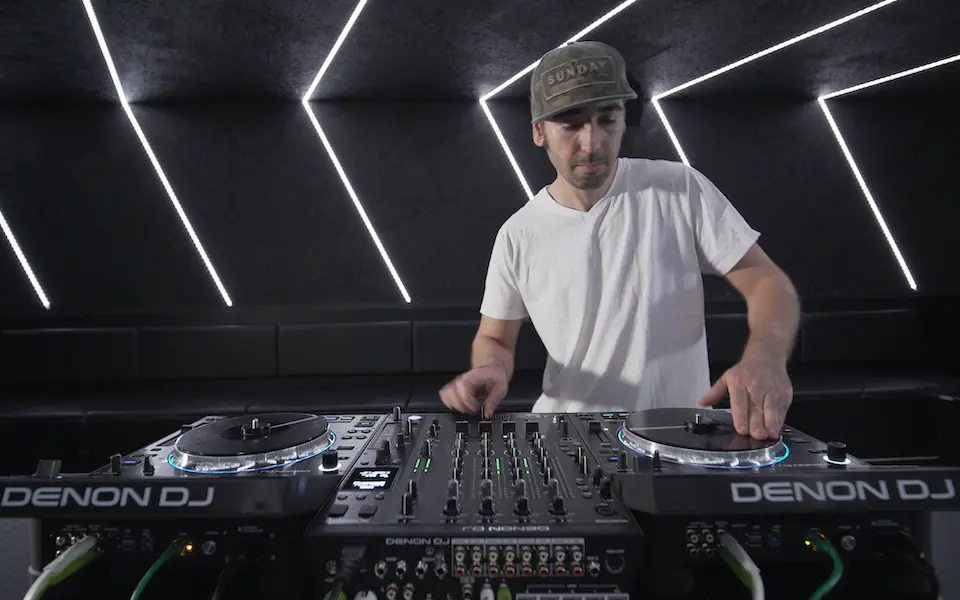
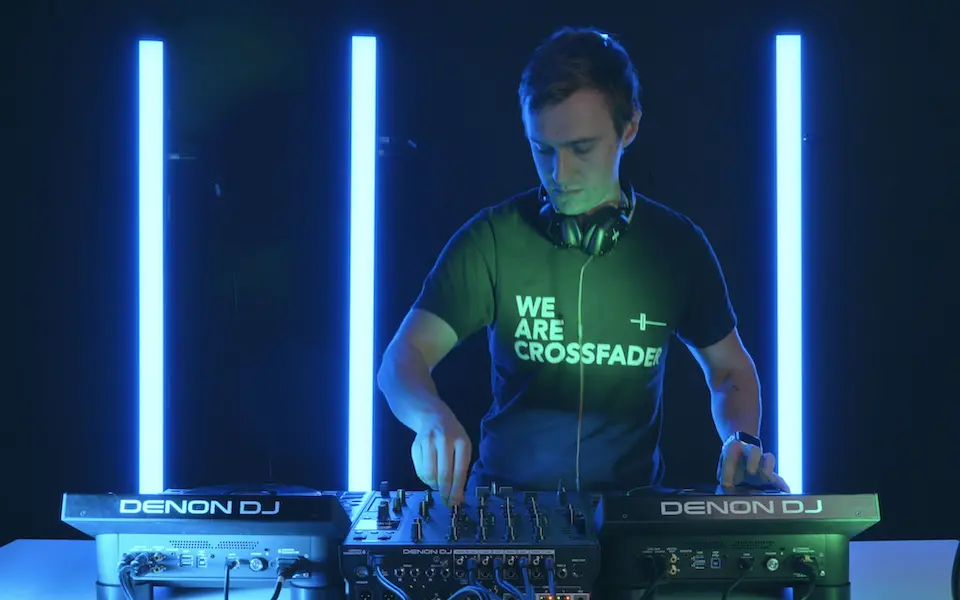



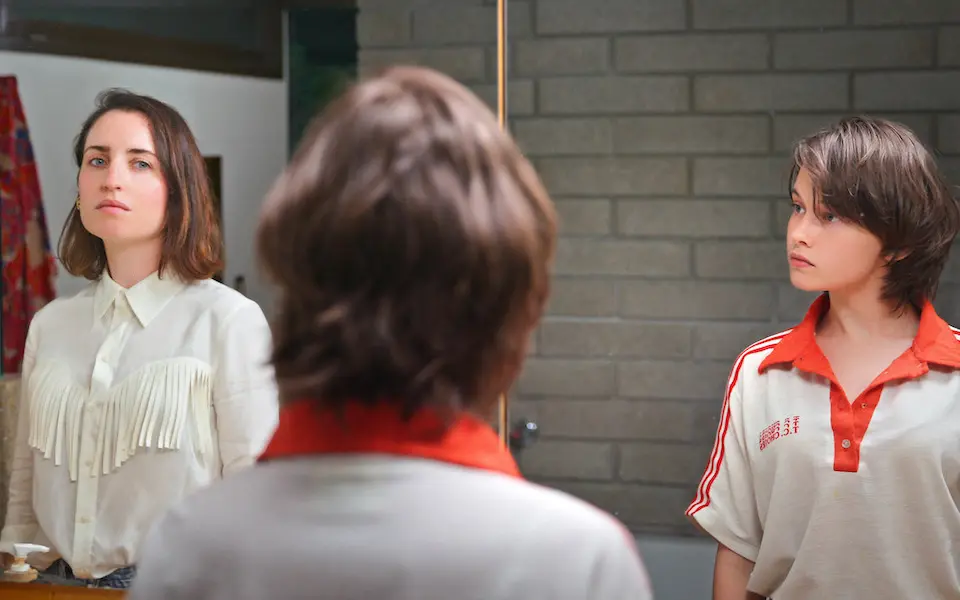
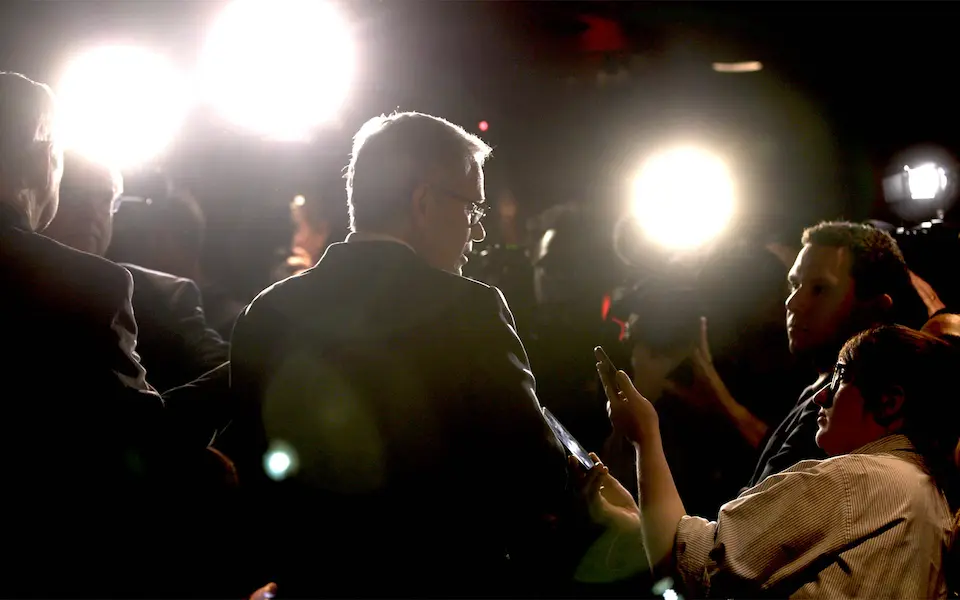
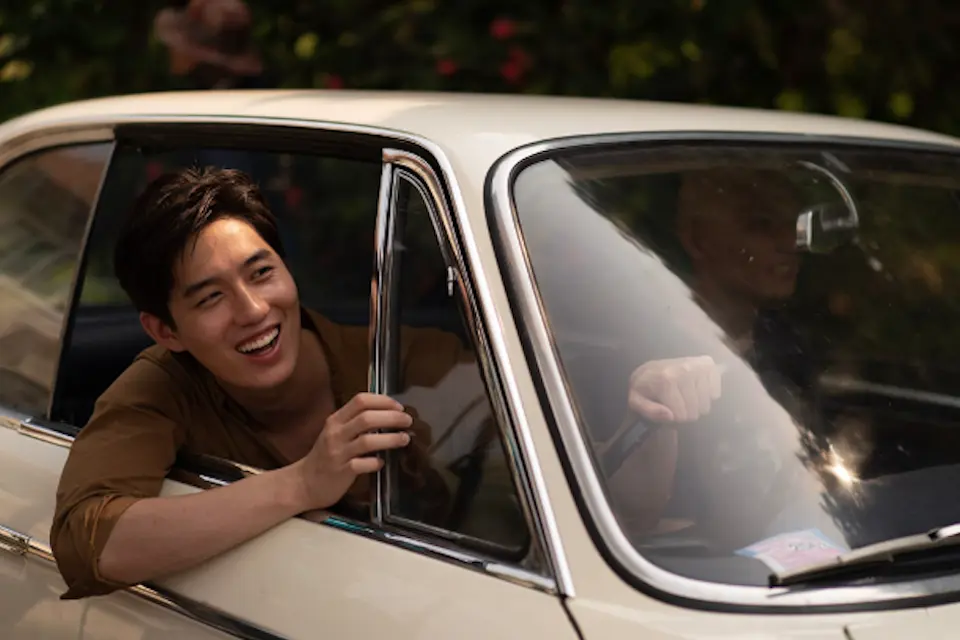

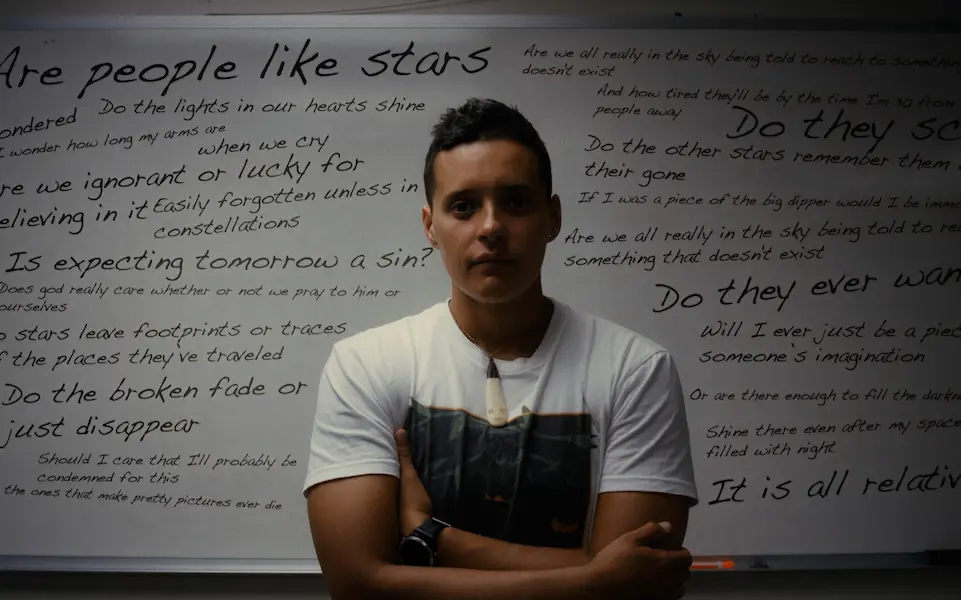
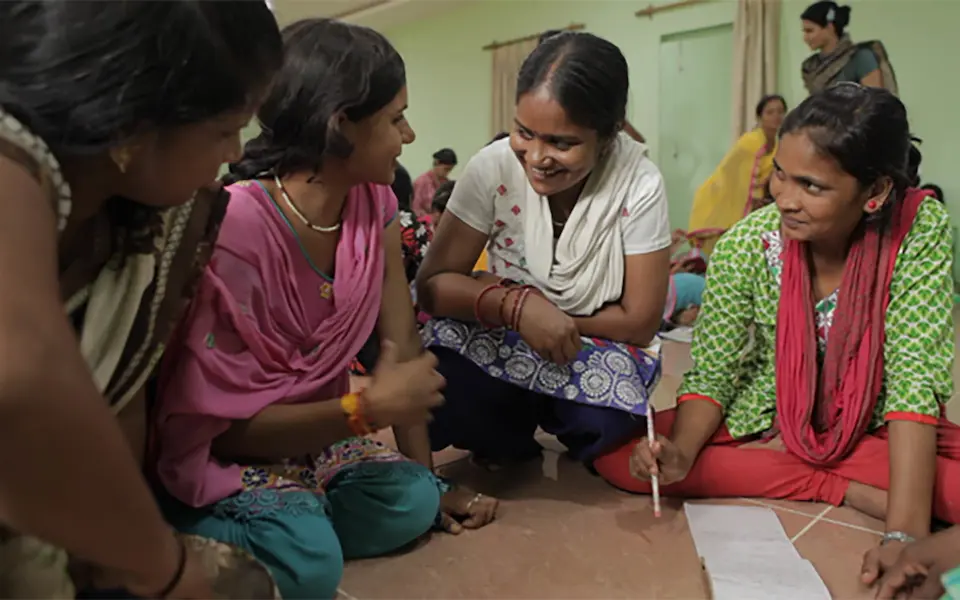
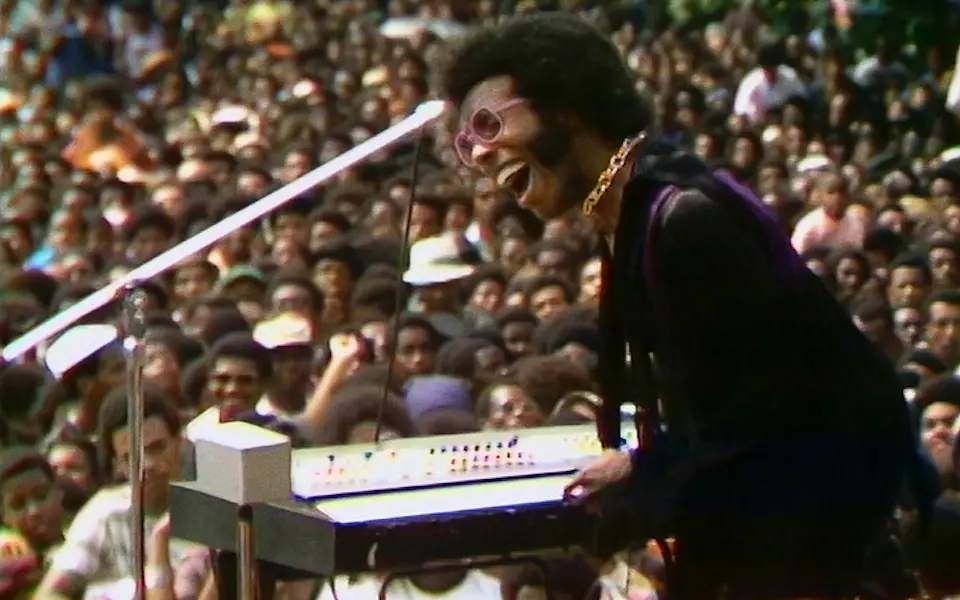
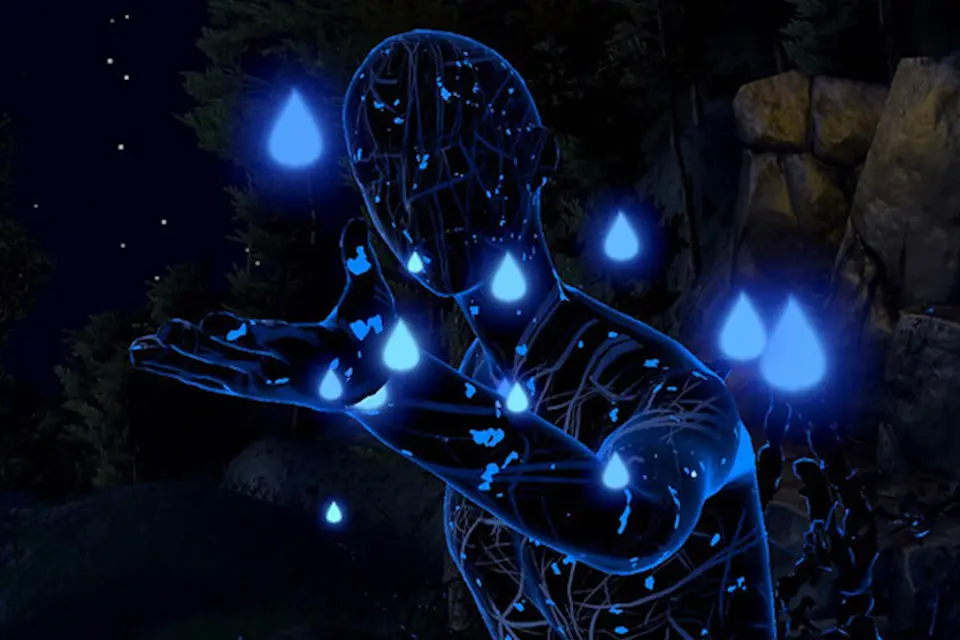
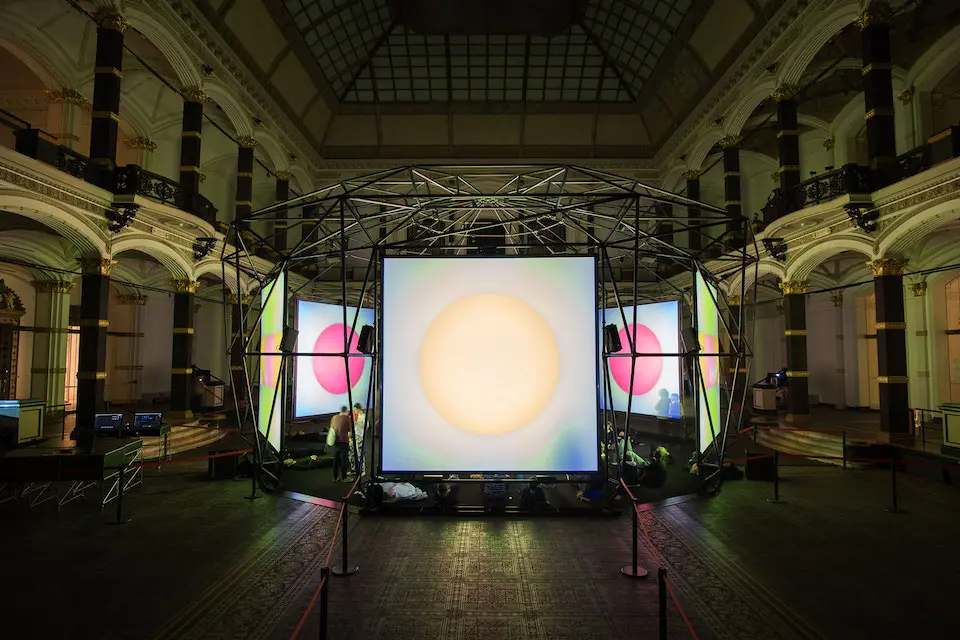




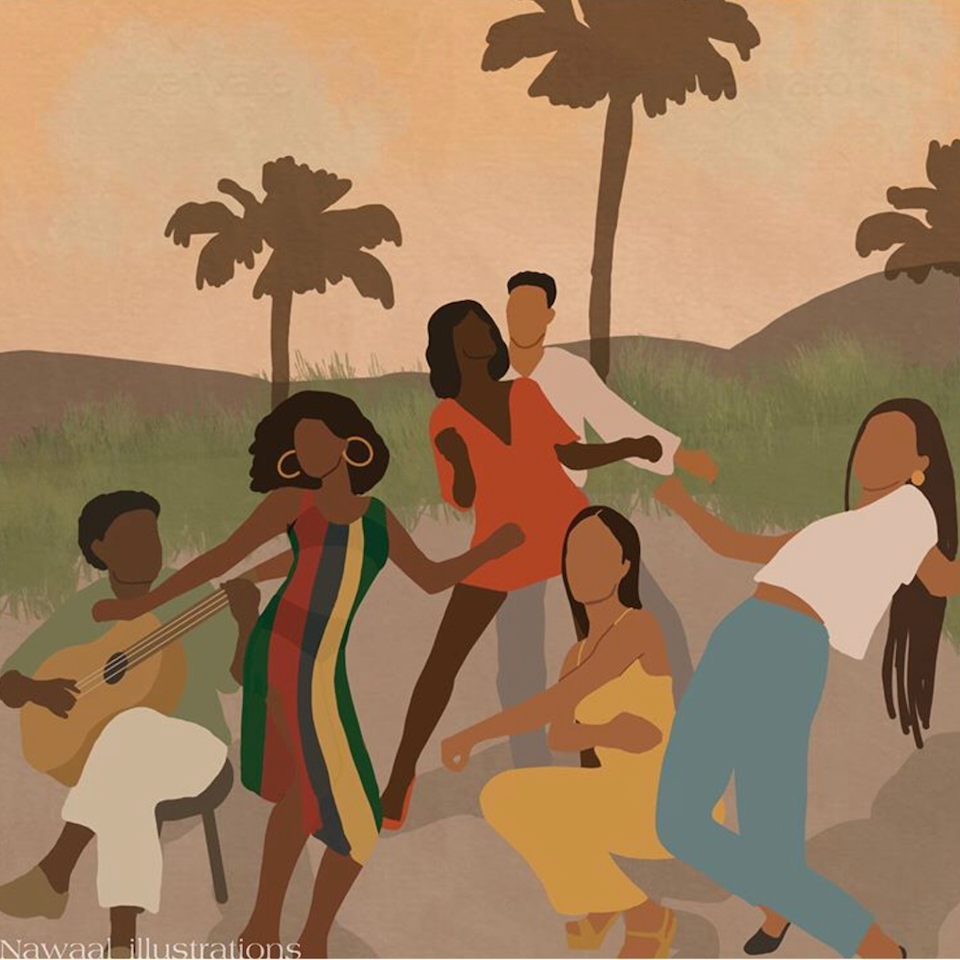


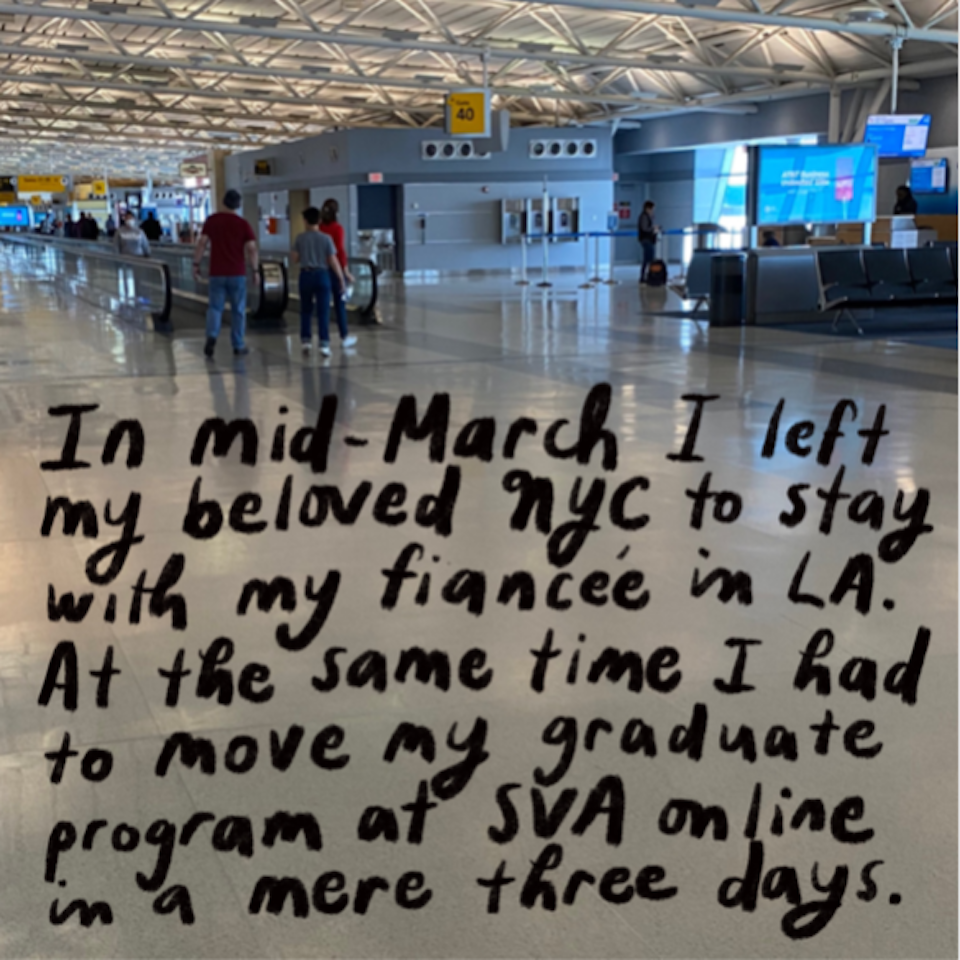
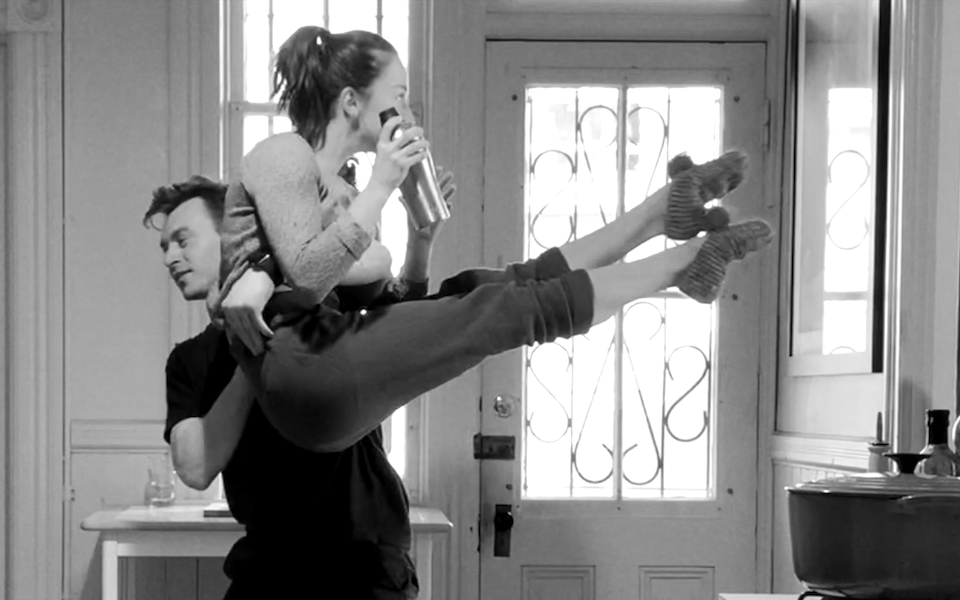
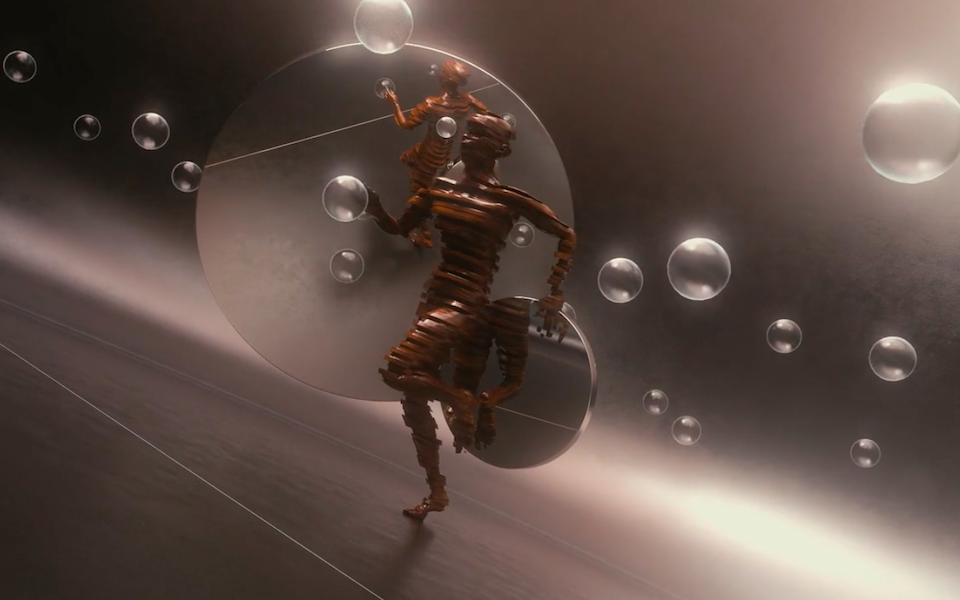
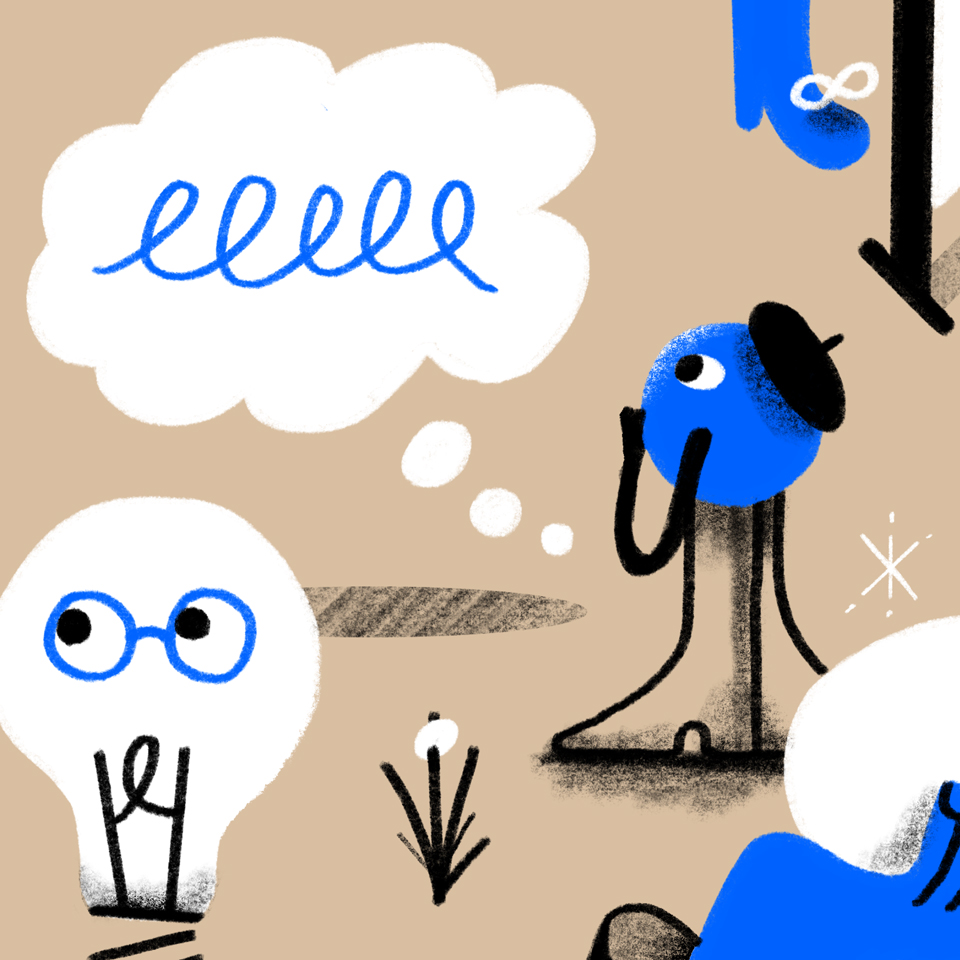
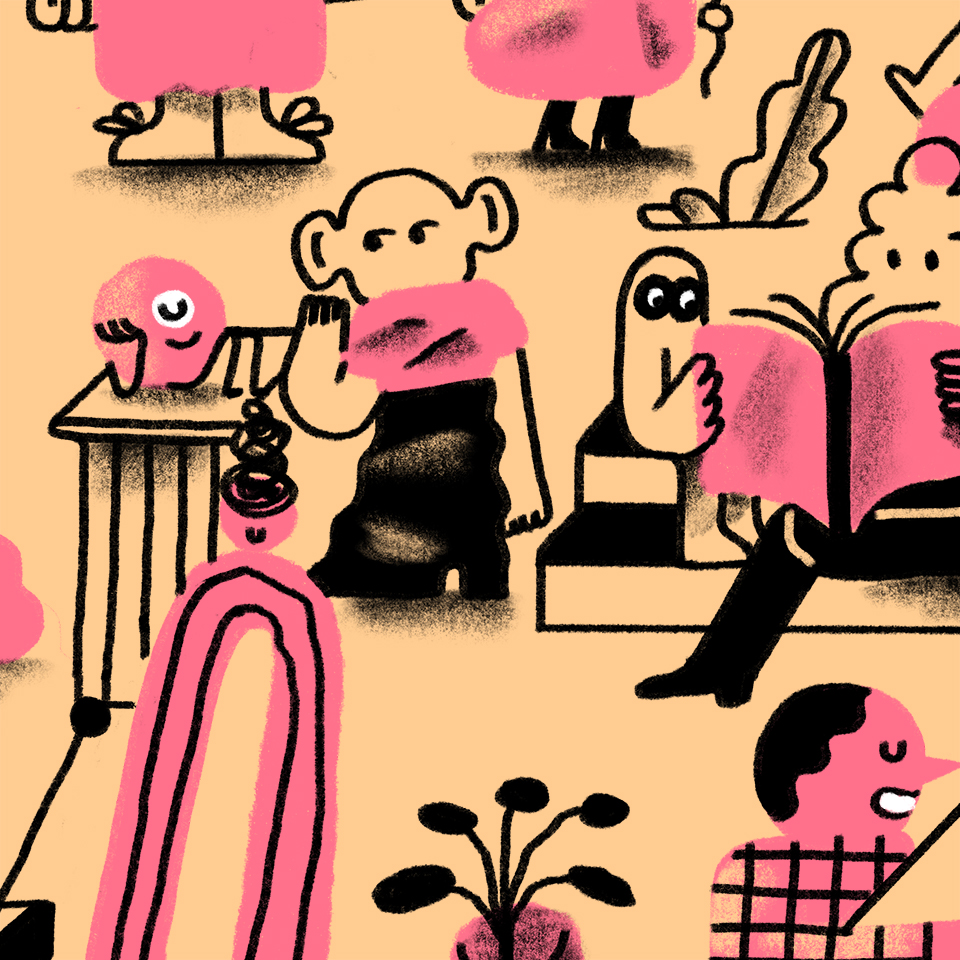


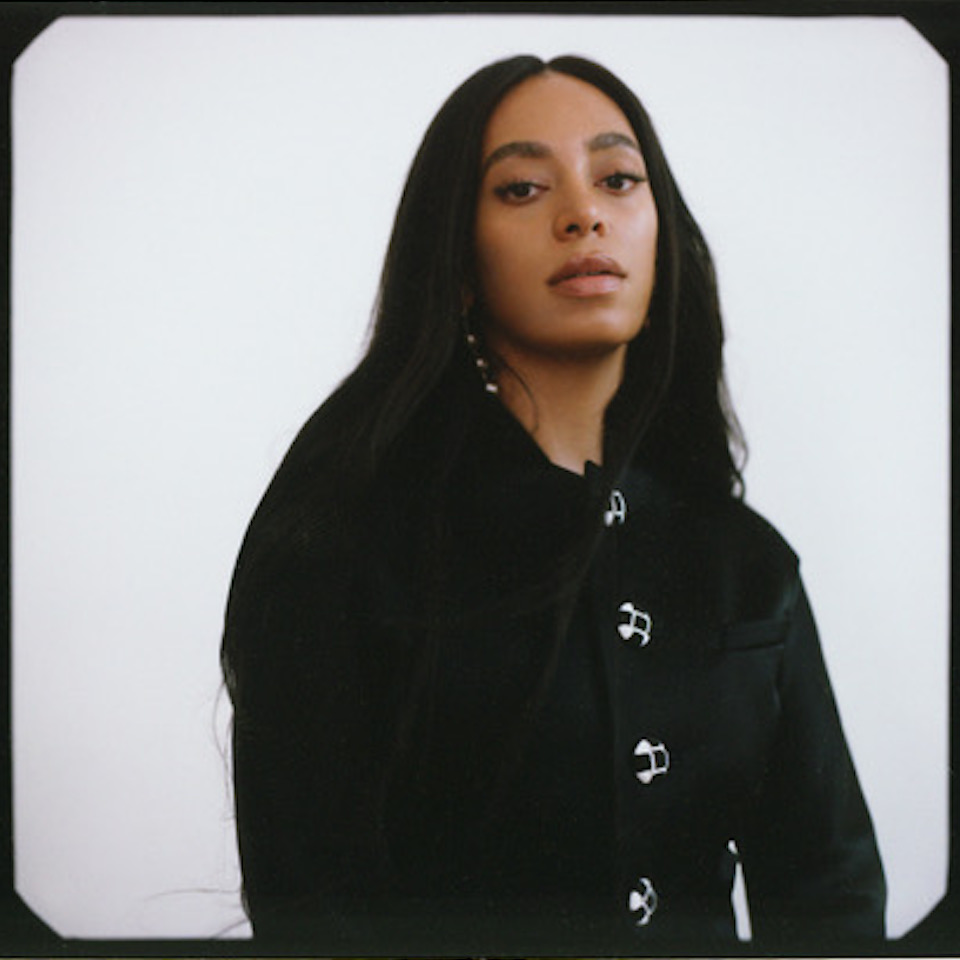

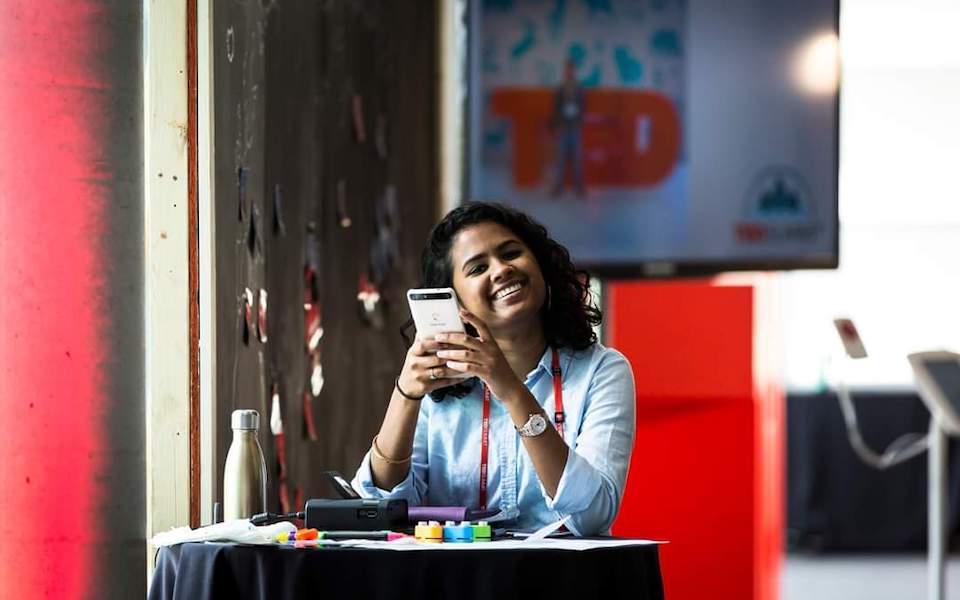



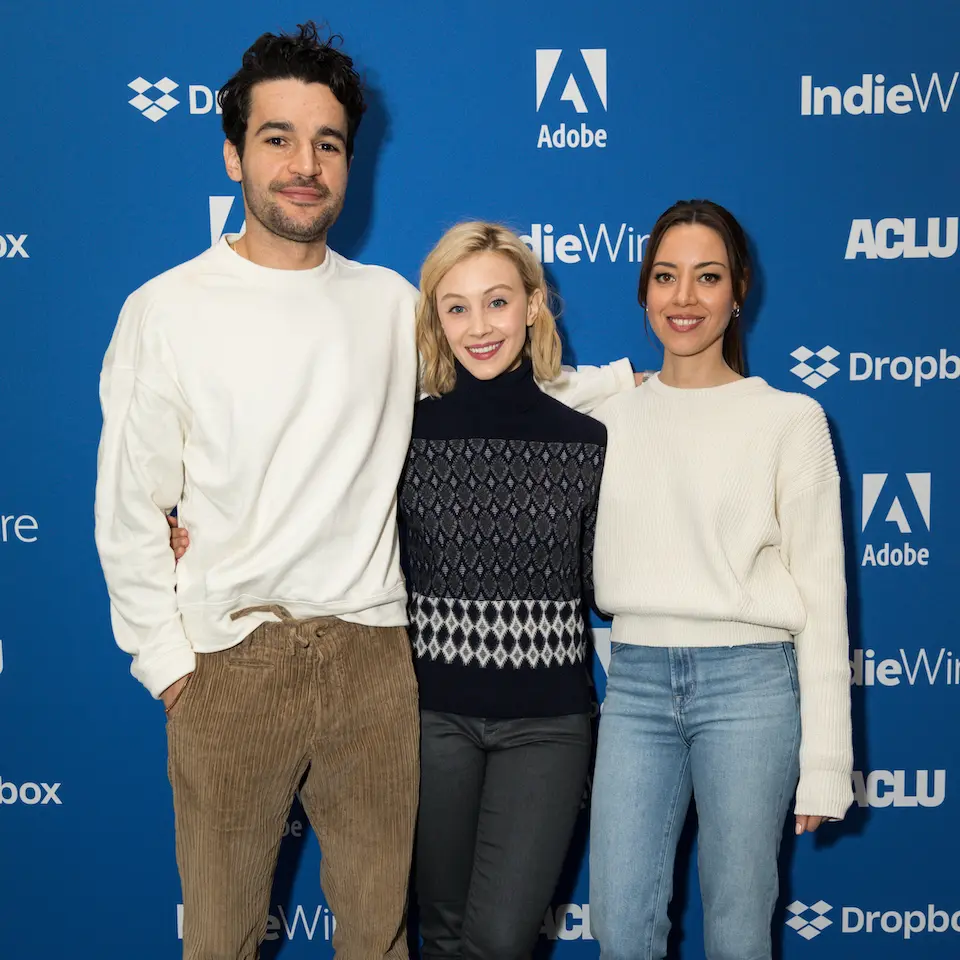



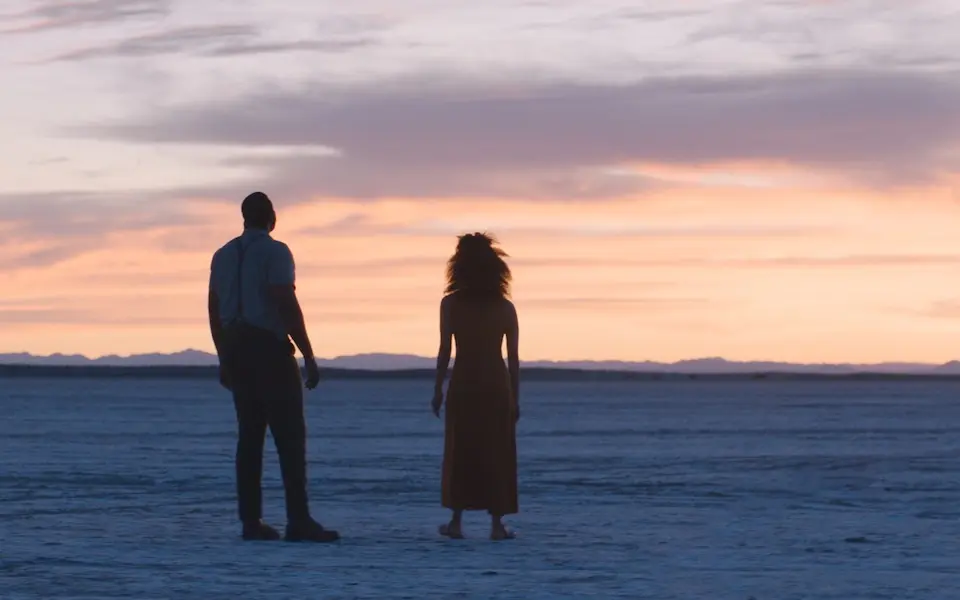
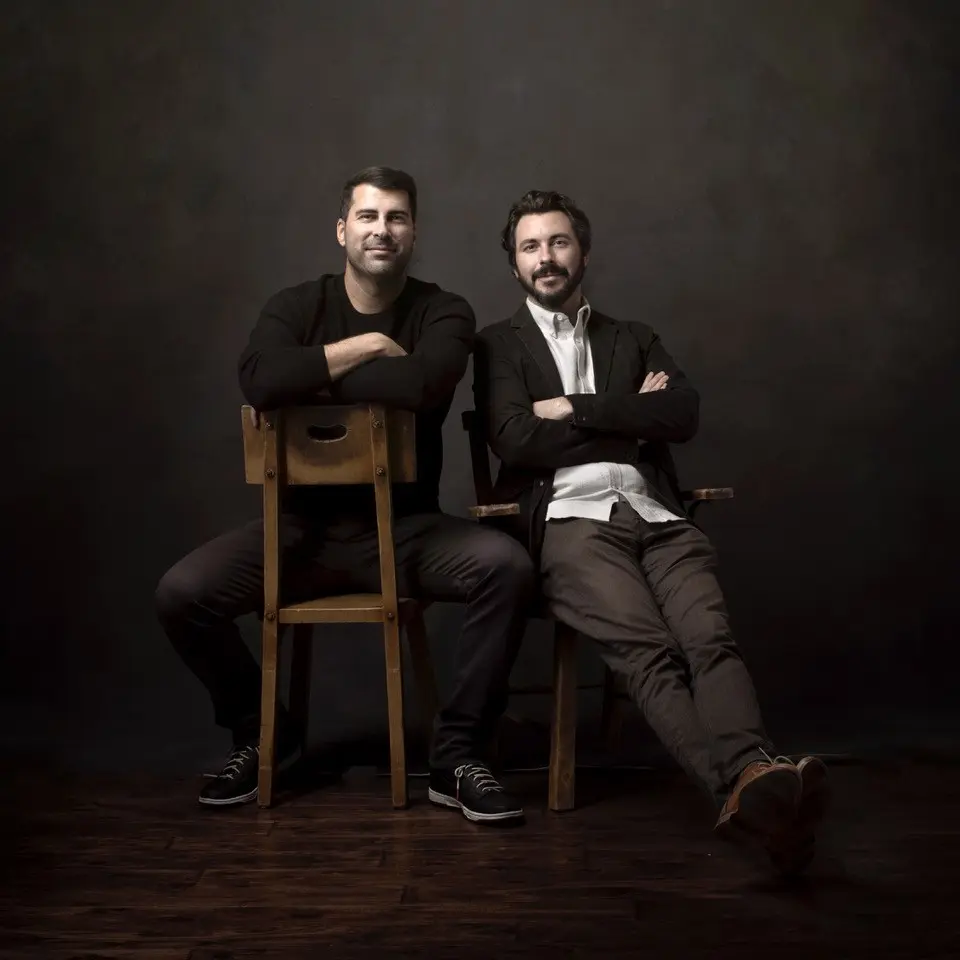


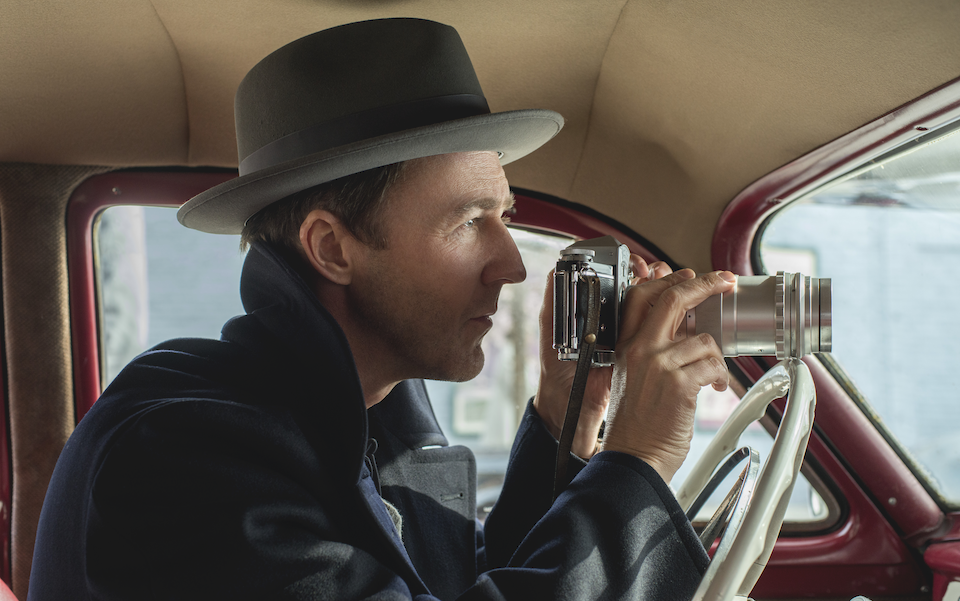
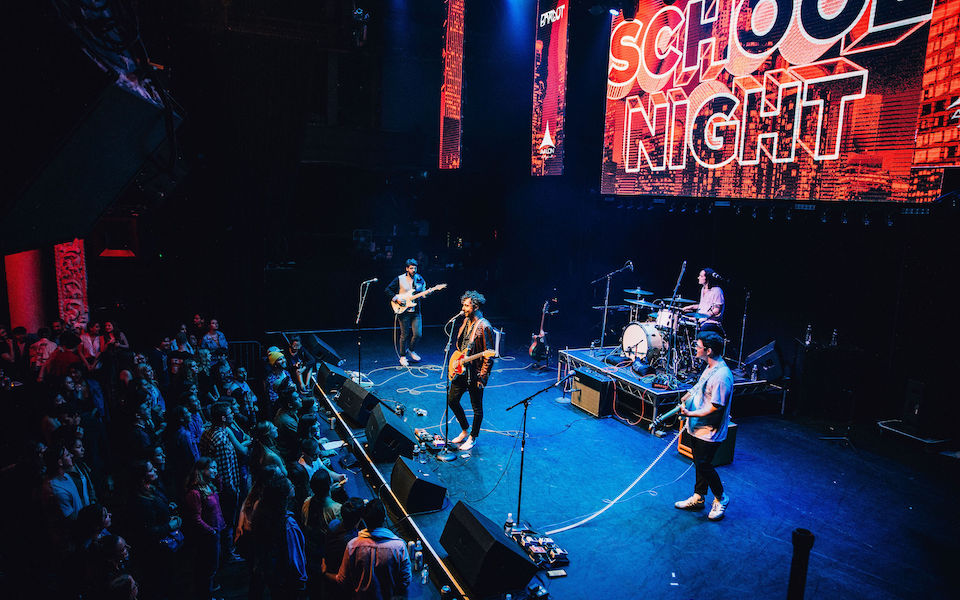
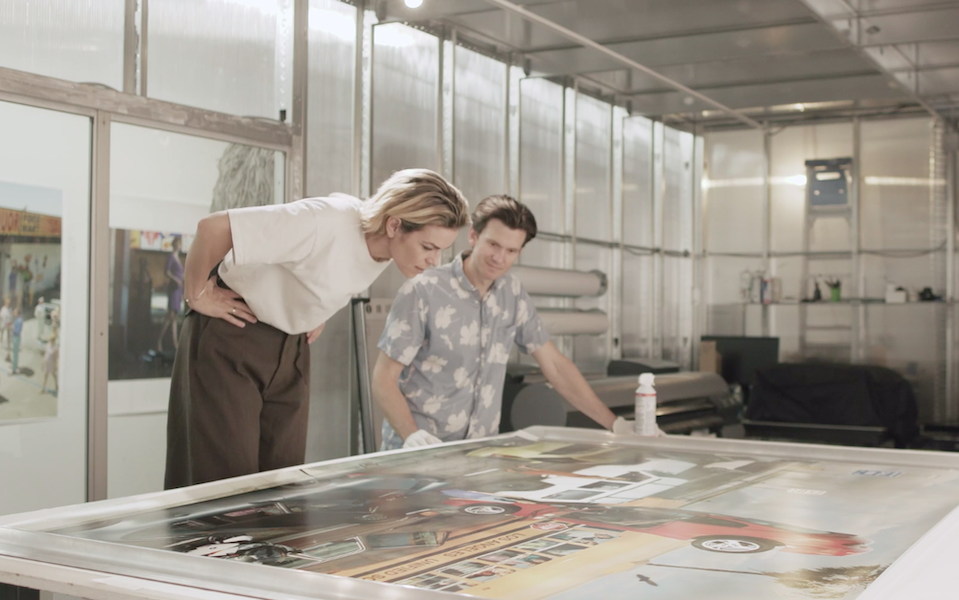









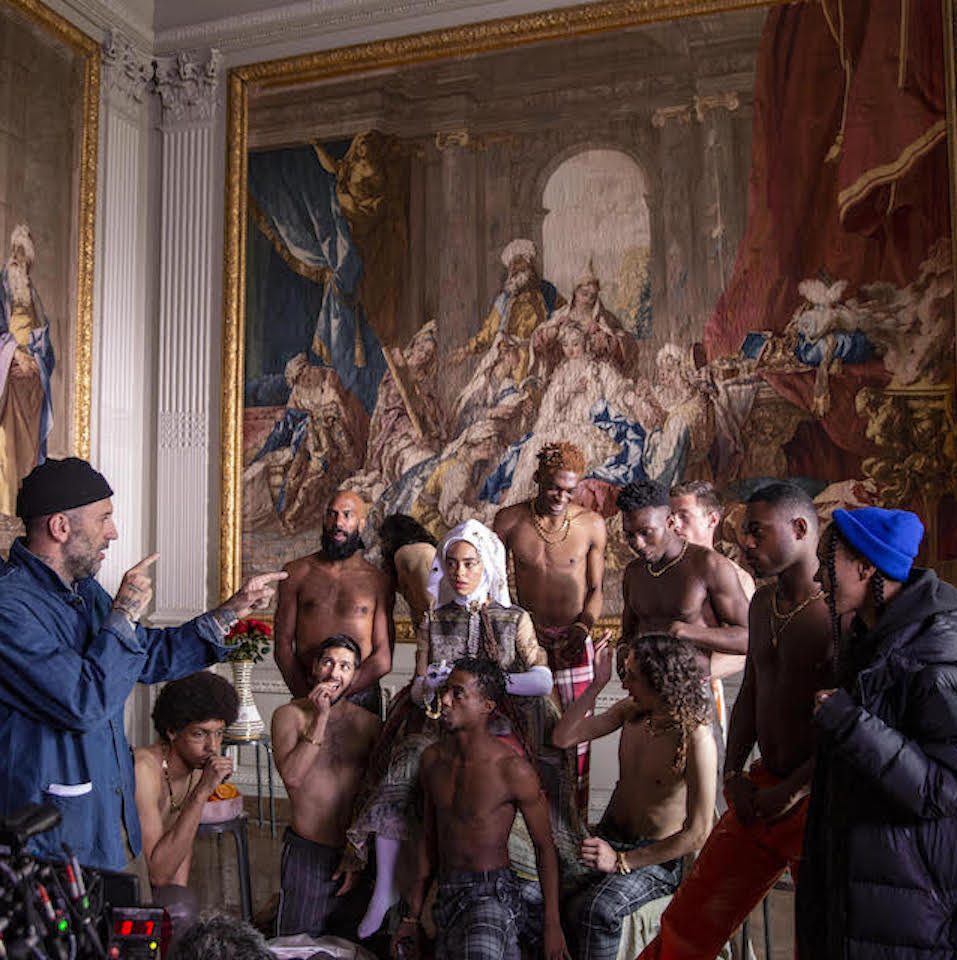

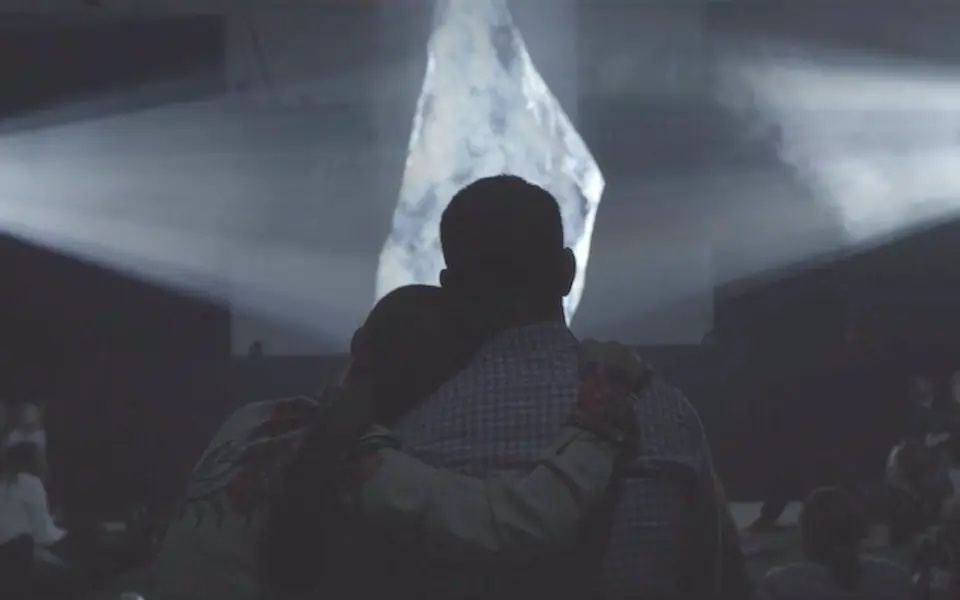
.png/_jcr_content/renditions/Karen%20O%20%2B%20Danger%20Mouse%20(photo%20by%20Eliot%20Lee%20Hazel).webp)





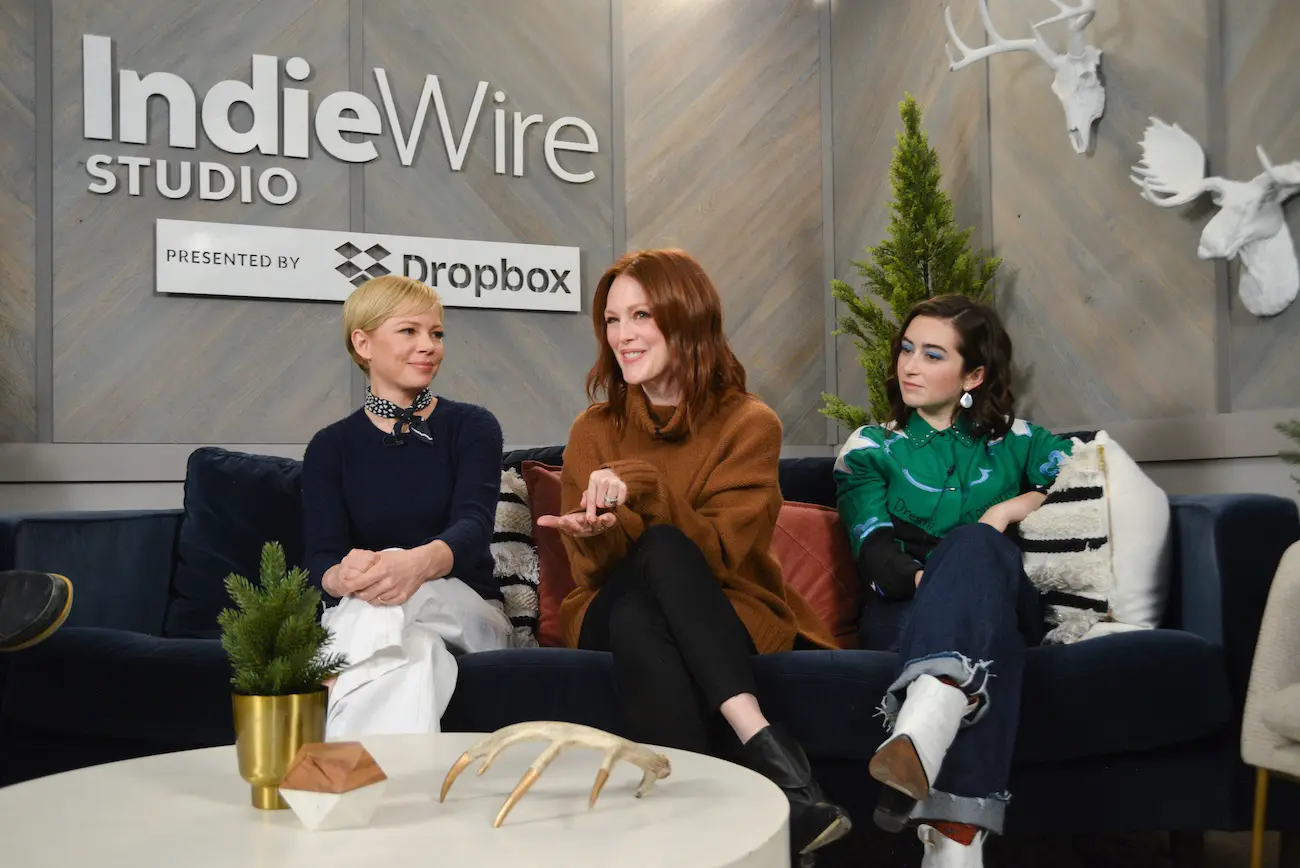


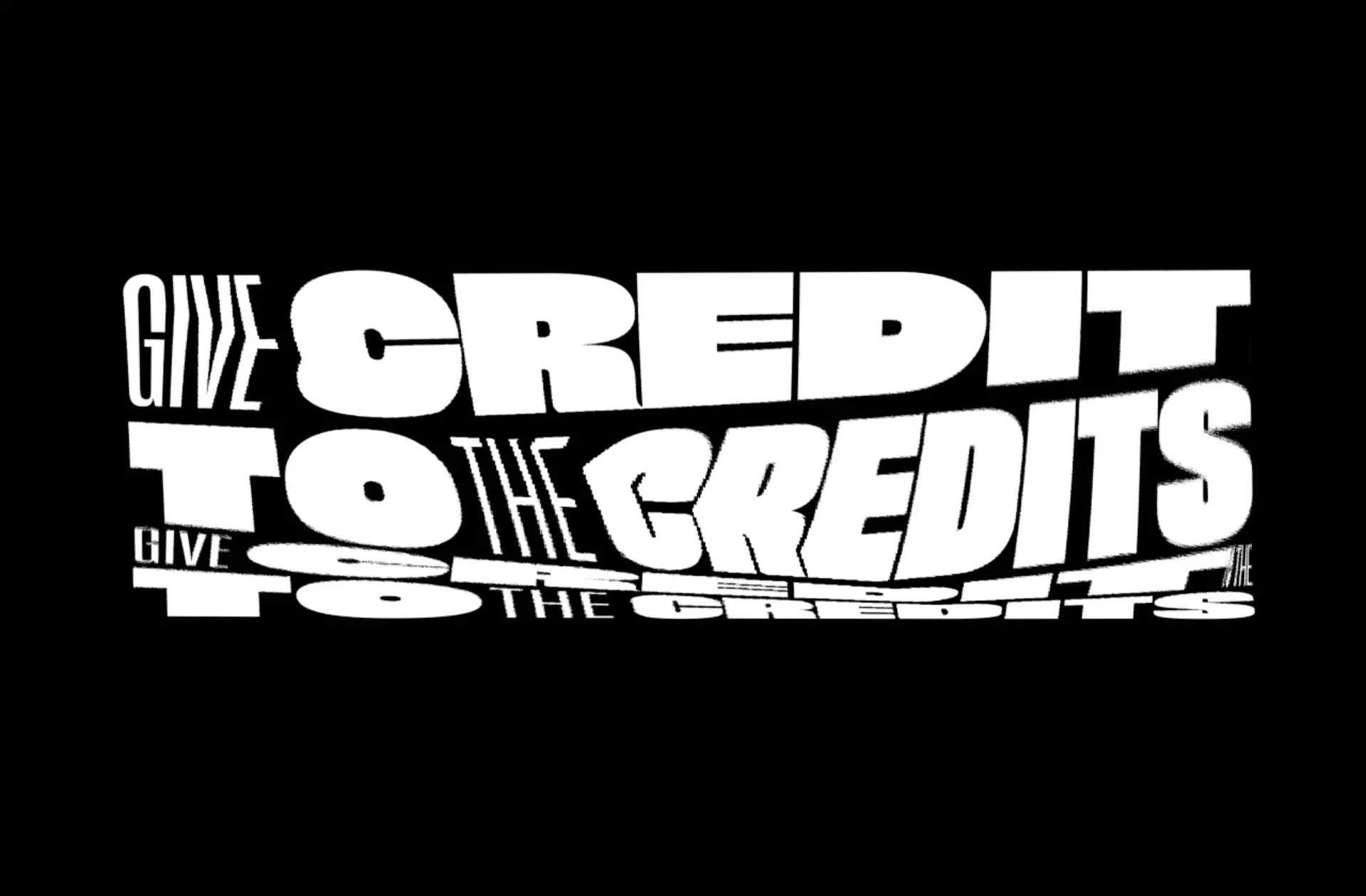
.jpg/_jcr_content/renditions/Extremely%20Wicked%20Shockingly%20Evil%20and%20Vile_Sundance19_Director%20Joe%20Berlinger%20(3).webp)

.jpg/_jcr_content/renditions/Bedlam%2014%20(1).webp)
